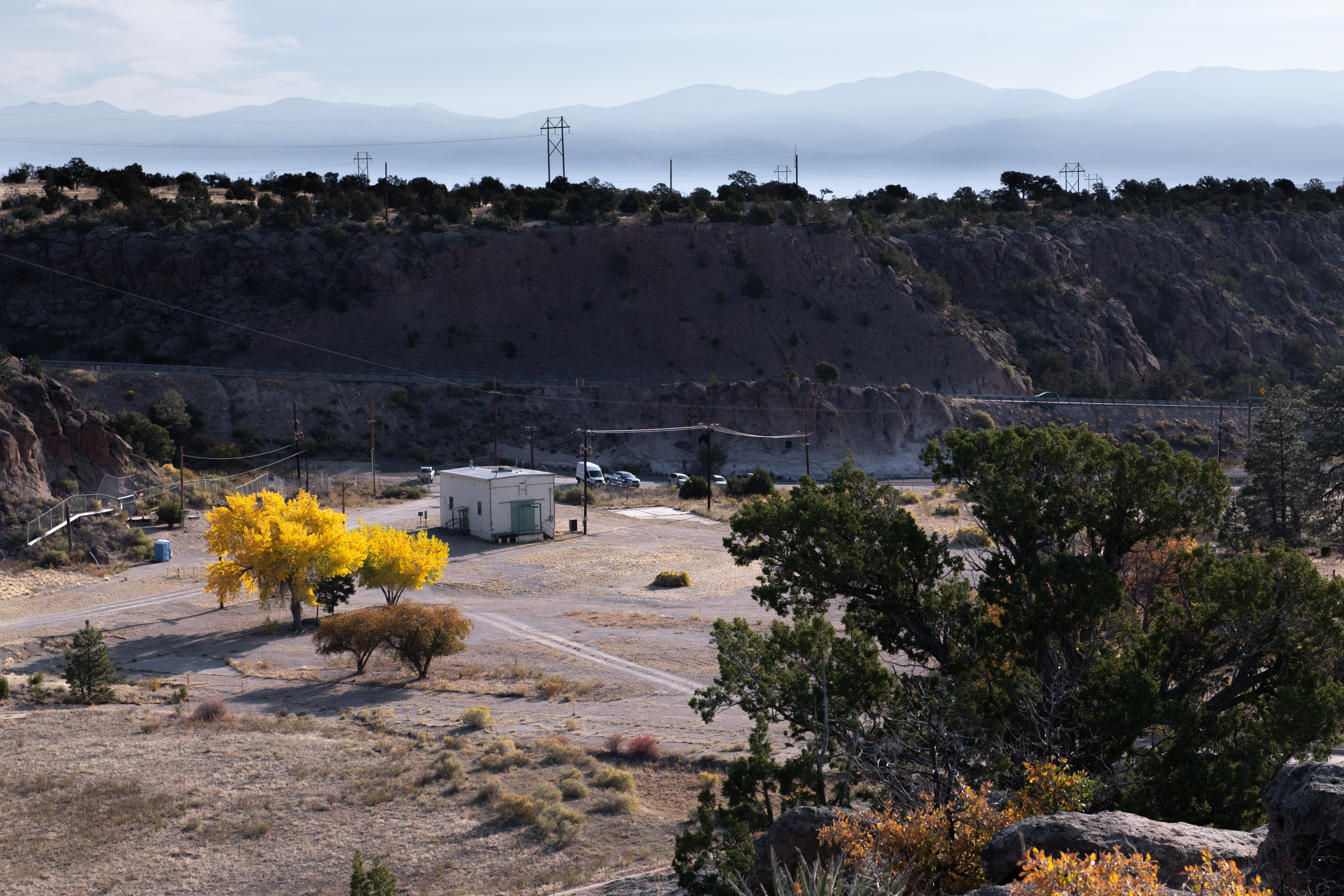
Take a tour behind the fence of the Los Alamos National Laboratory.
4 Hours
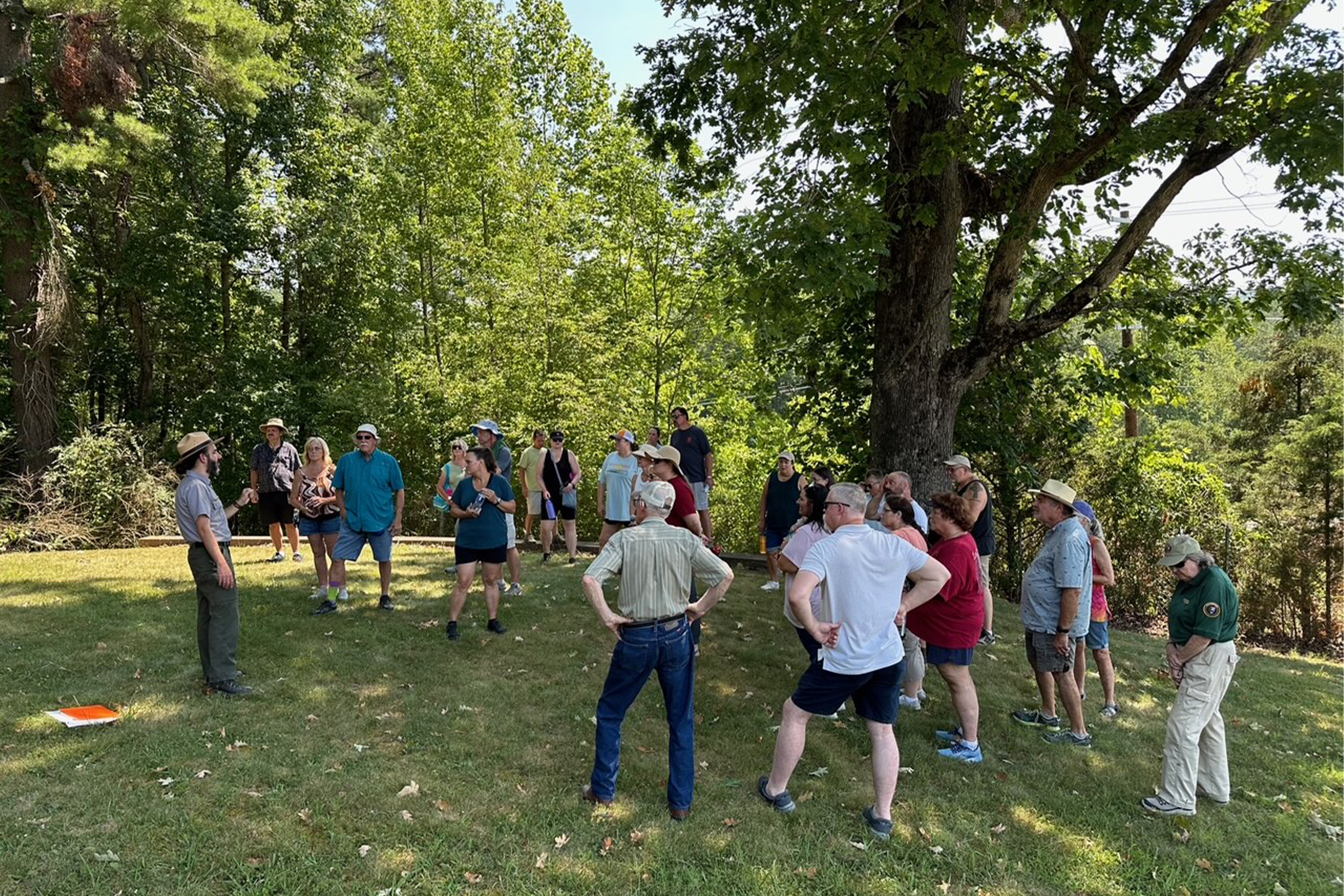
Oak Ridge ranger programs are a great way to explore the remarkable history of the Manhattan Project. Follow the link for more information on types of programs and availability.
1-4 Hours
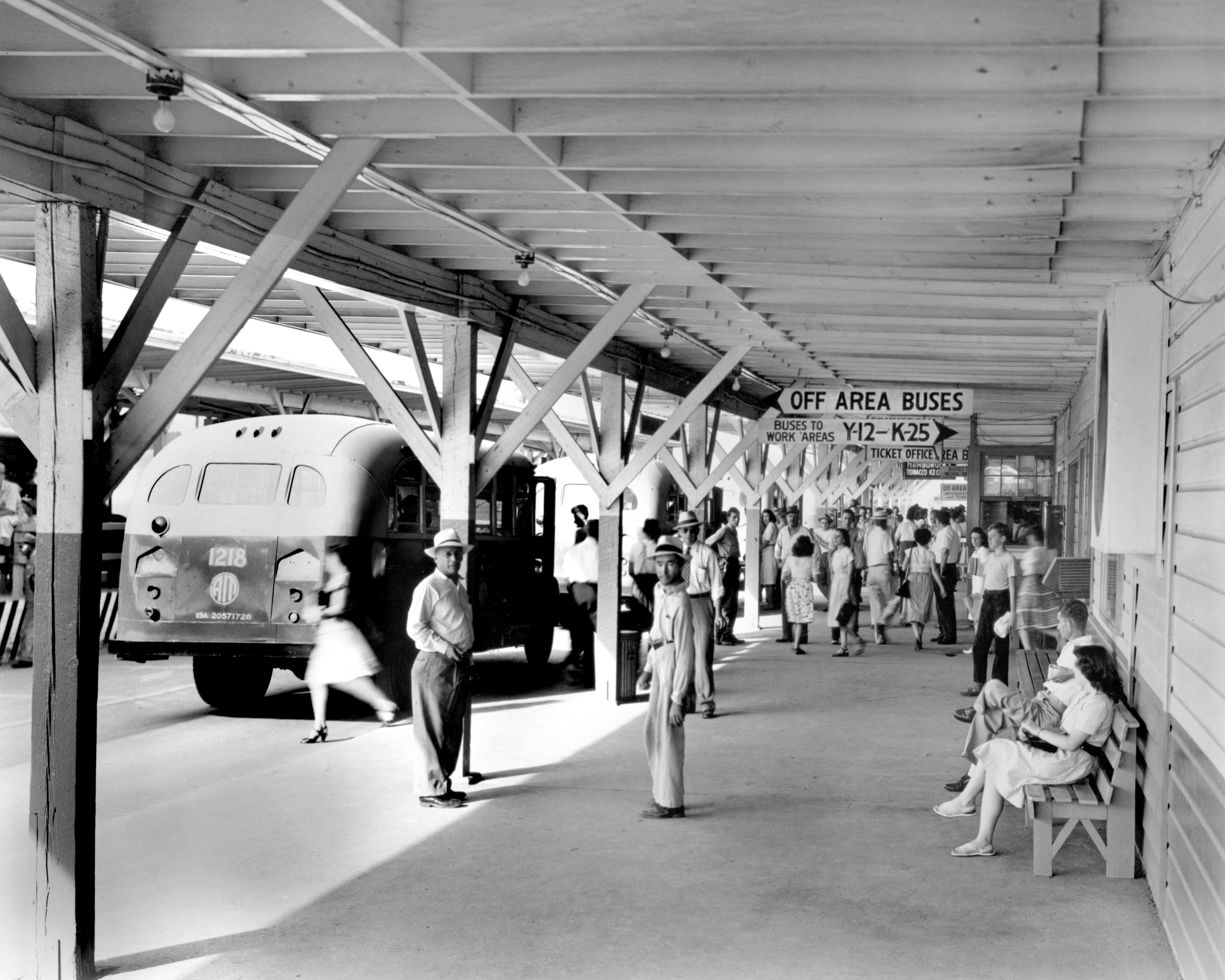
Guided bus tours of Manhattan Project sites in Oak Ridge provide visitors an intimate behind-the-scenes glimpse of some of the most revolutionary science of the 20th century. Follow the link to learn how to register for a guided tour.
3 Hours
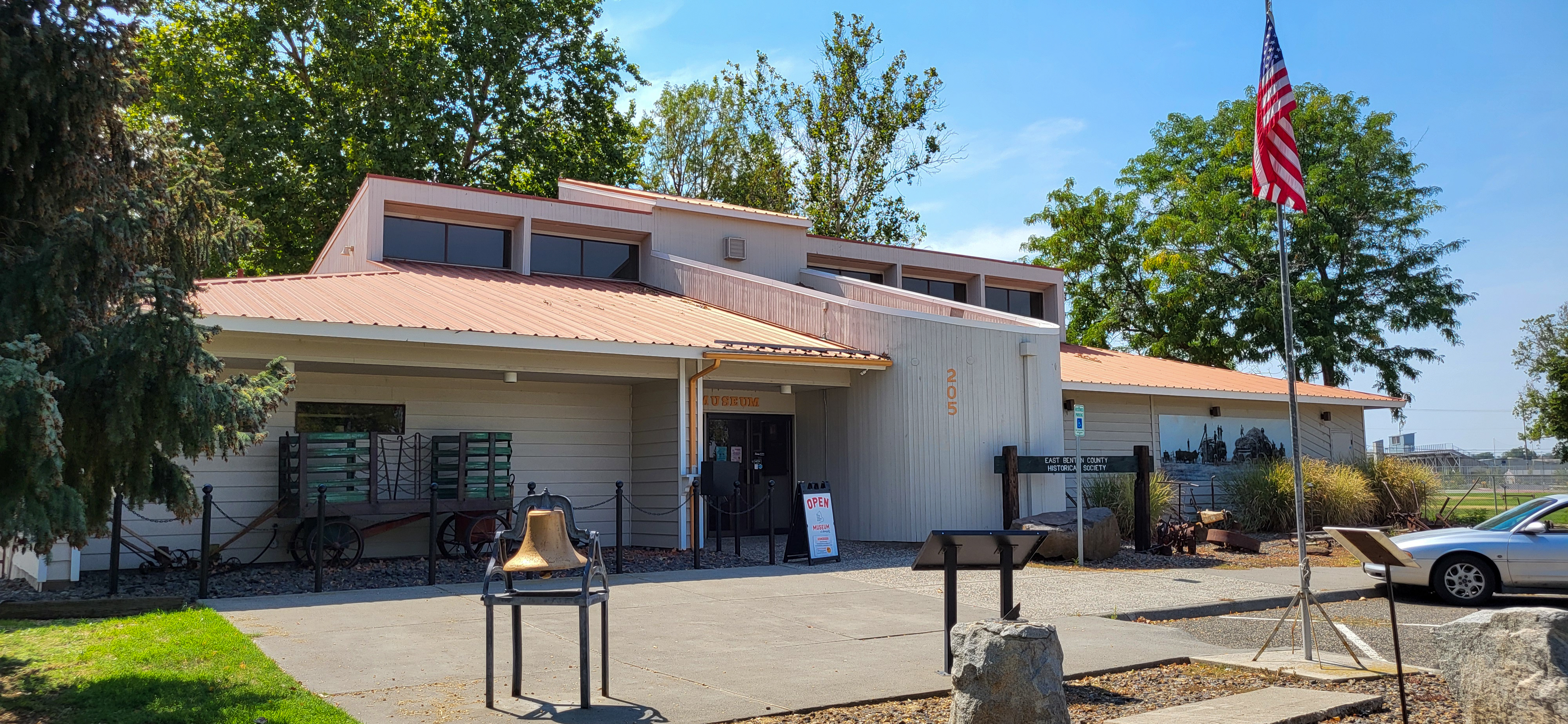
Located in Kennewick's oldest park, the Museum at Keewaydin shares the history of east Benton County and communities that were close to the Manhattan Project. The museum's collections include cultural ephemera, fossils, a butterfly and insect collection, a petrified wood floor and artifacts from European settlers and World War II.
2 Hours
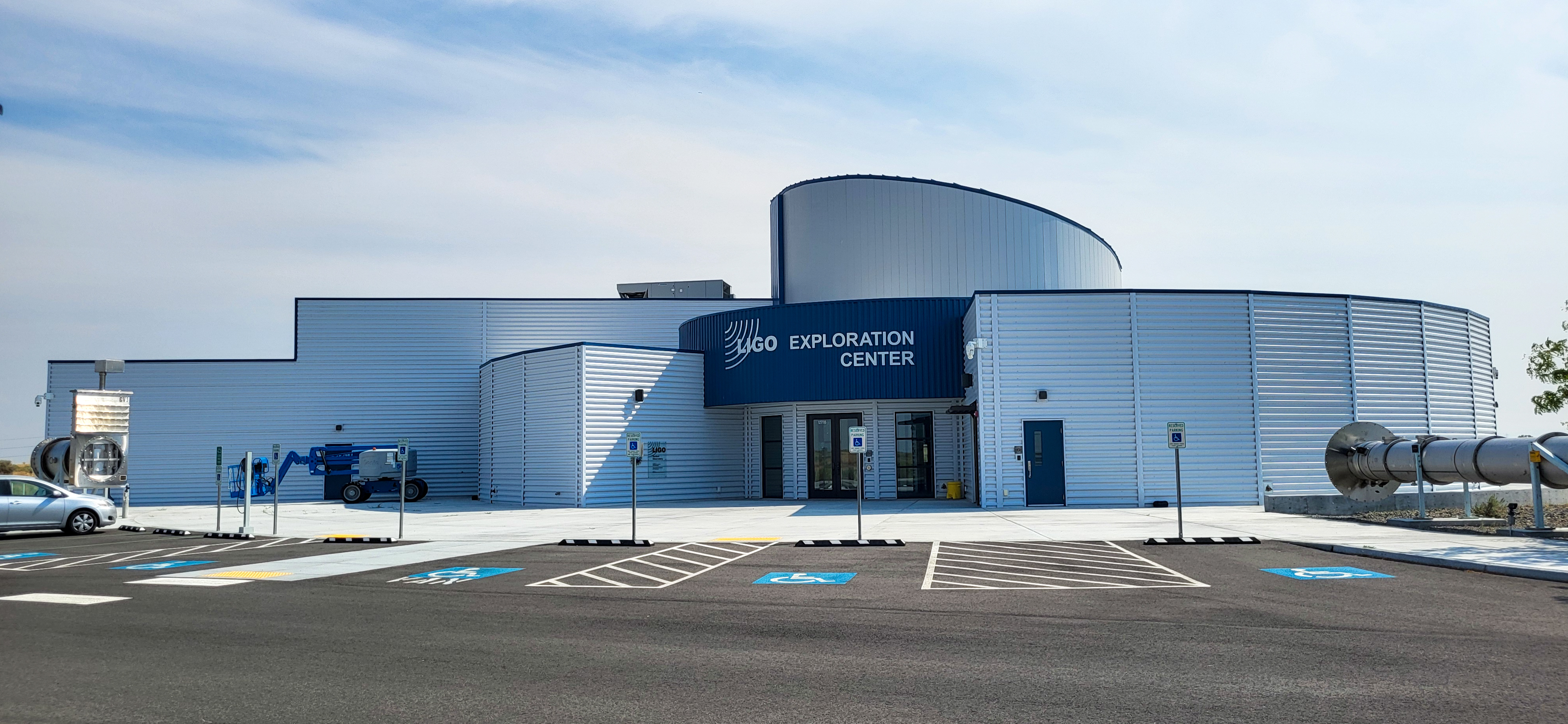
The Laser Interferometer Gravitational-wave Observatory (LIGO) is a modern example of cutting-edge research that has ties to the Hanford Site. Built on the site in Washington in the 1990s, LIGO uses laser interferometers to detect gravitational waves, which helps in studies of major stellar events like the collision of black holes. LIGO Exploration Center is home to interactive exhibits focused on gravitational waves and related sciences, and the history of astronomy.
2 Hours
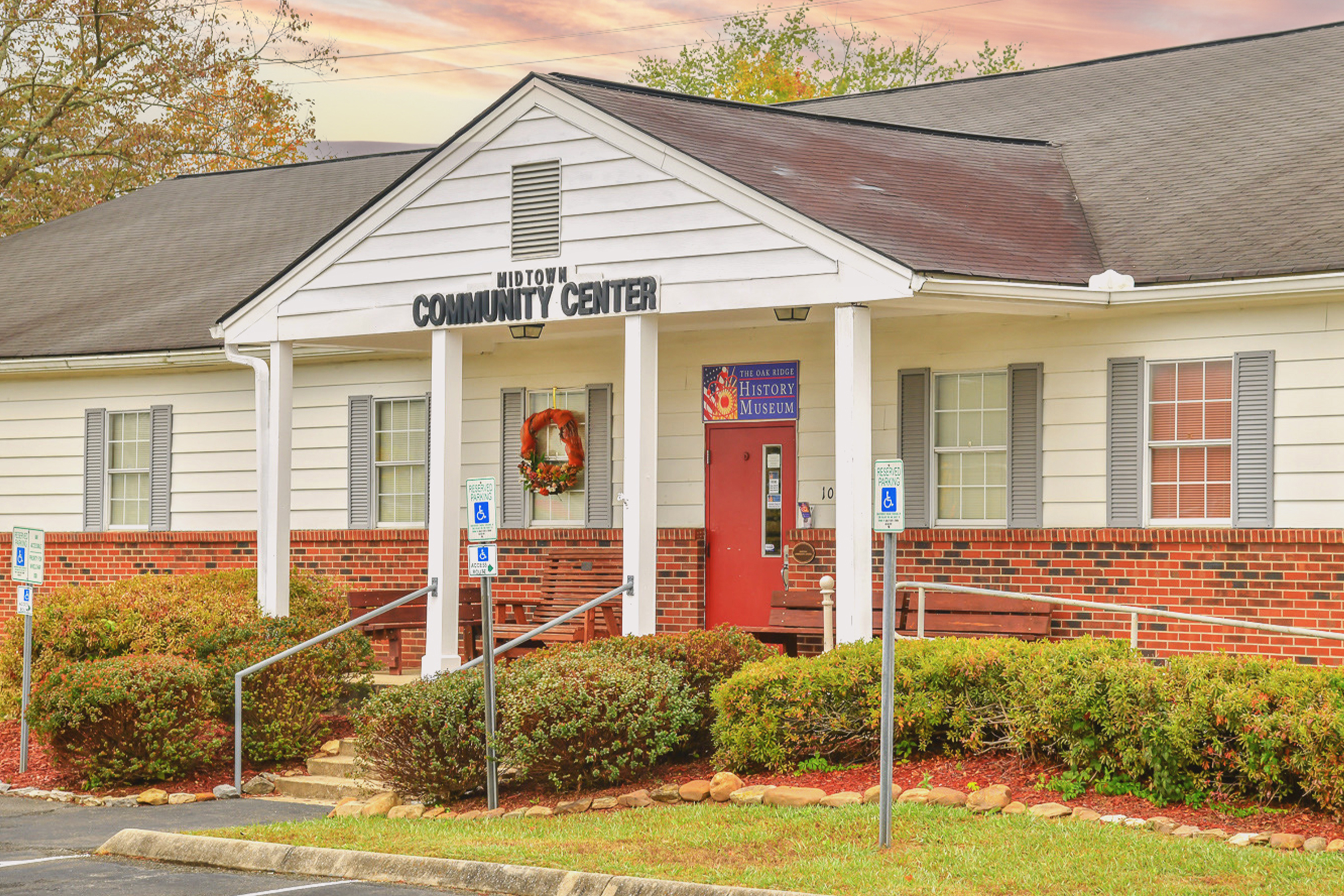
The Oak Ridge History Museum, opened in 2019, houses a wealth of exhibits dedicated to the human history of Oak Ridge during the Manhattan Project. Exhibits include a detailed timeline of Oak Ridge’s history, and the largest collection of original photographs from Ed Westcott, the official Army Corps of Engineers photographer during the Manhattan Project.
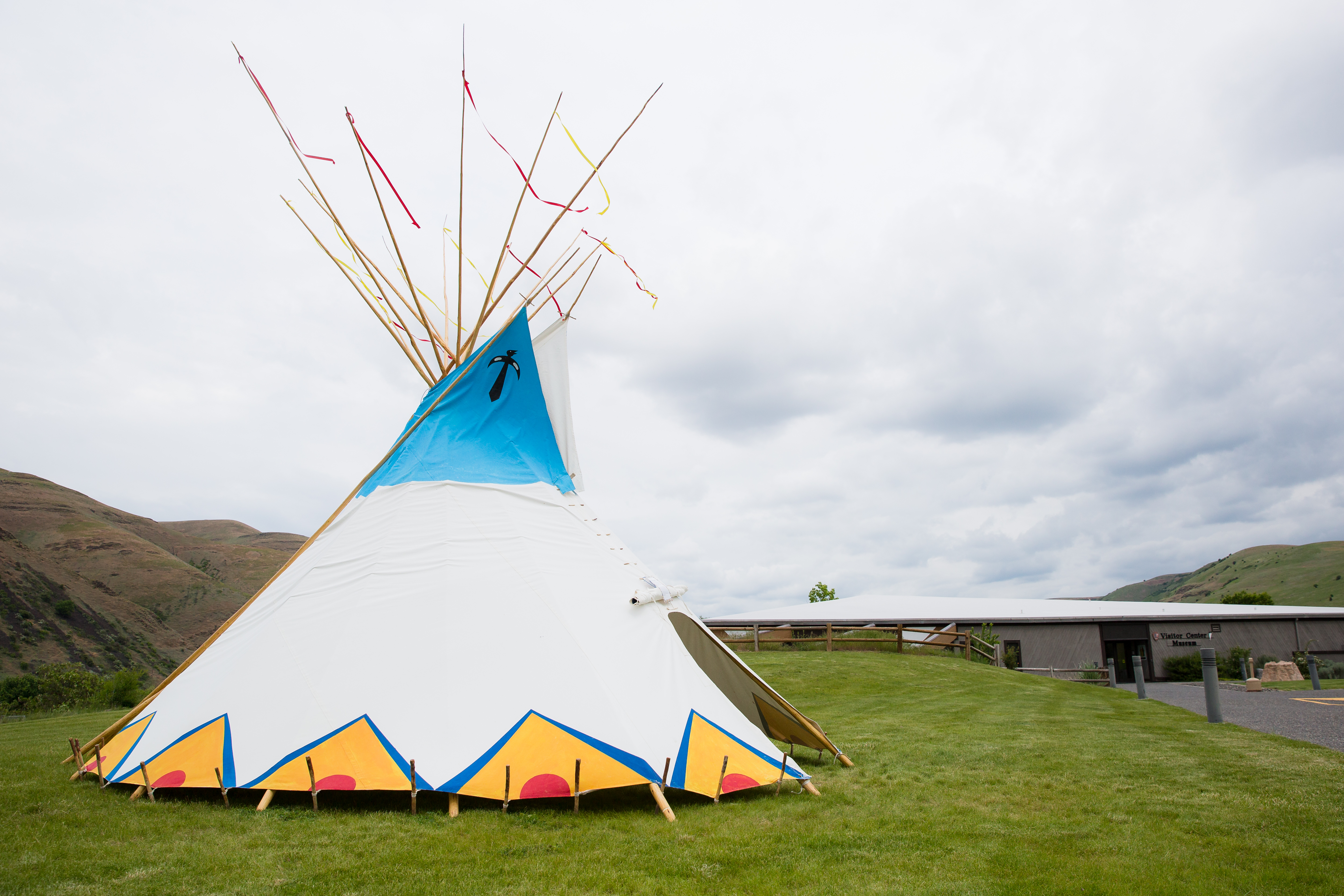
Since time immemorial, the Nimiipuu (Nez Perce) people have relied on the valleys, prairies, mountains, and plateaus of the Inland Northwest for their way of life. This area includes southeastern Washington where the Hanford Site is today. You can learn about their story through the Nez Perce National Historical Park. The park consists of 38 places spread across Idaho, Montana, Oregon and Washington that are important to the history and culture of the Nimiipuu.
2-4 Hours
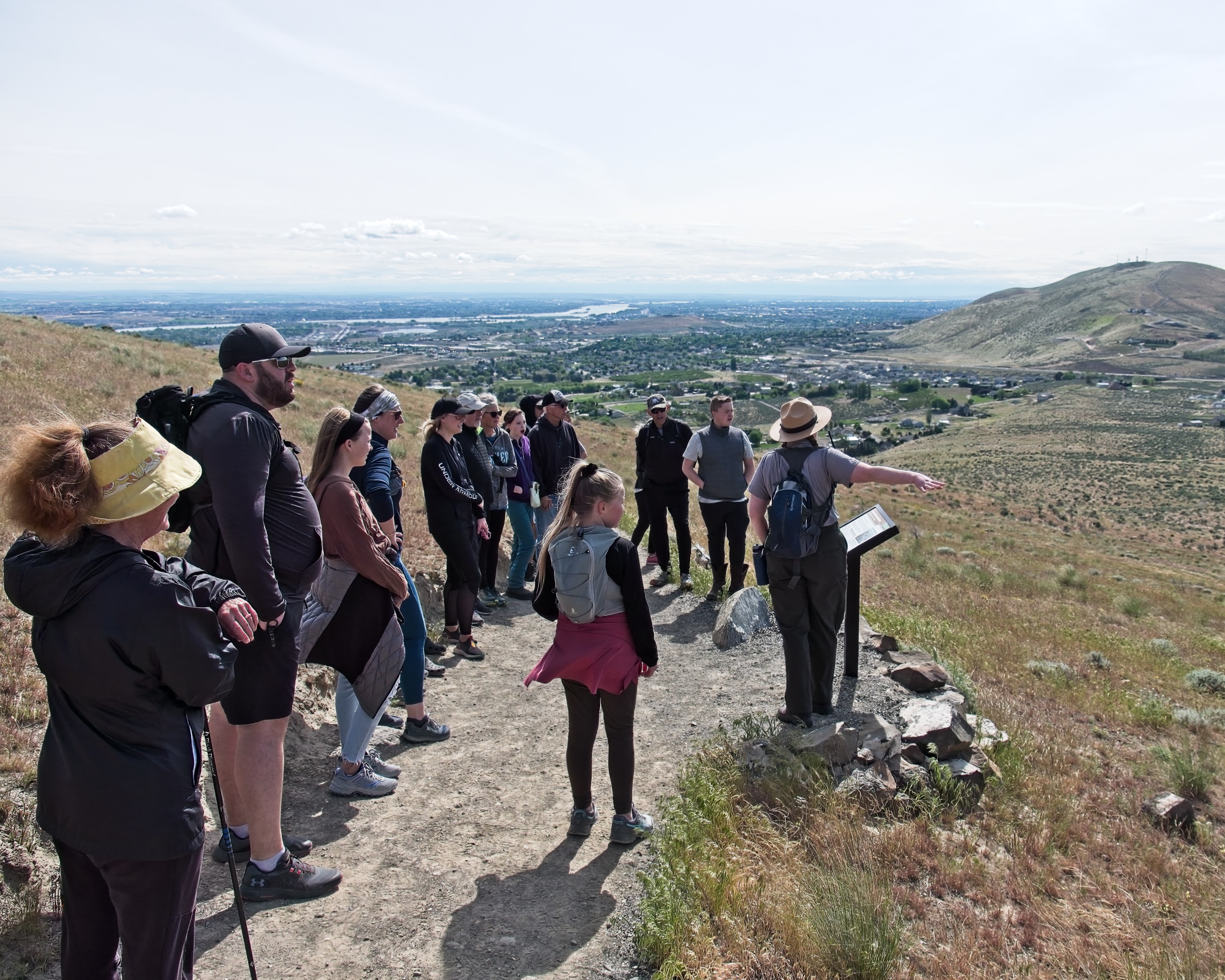
Ranger programs and Junior Ranger events are a great way for families and kids to learn about the Manhattan Project in the Tri-Cities while enjoying hands-on activities.
1-3 Hours
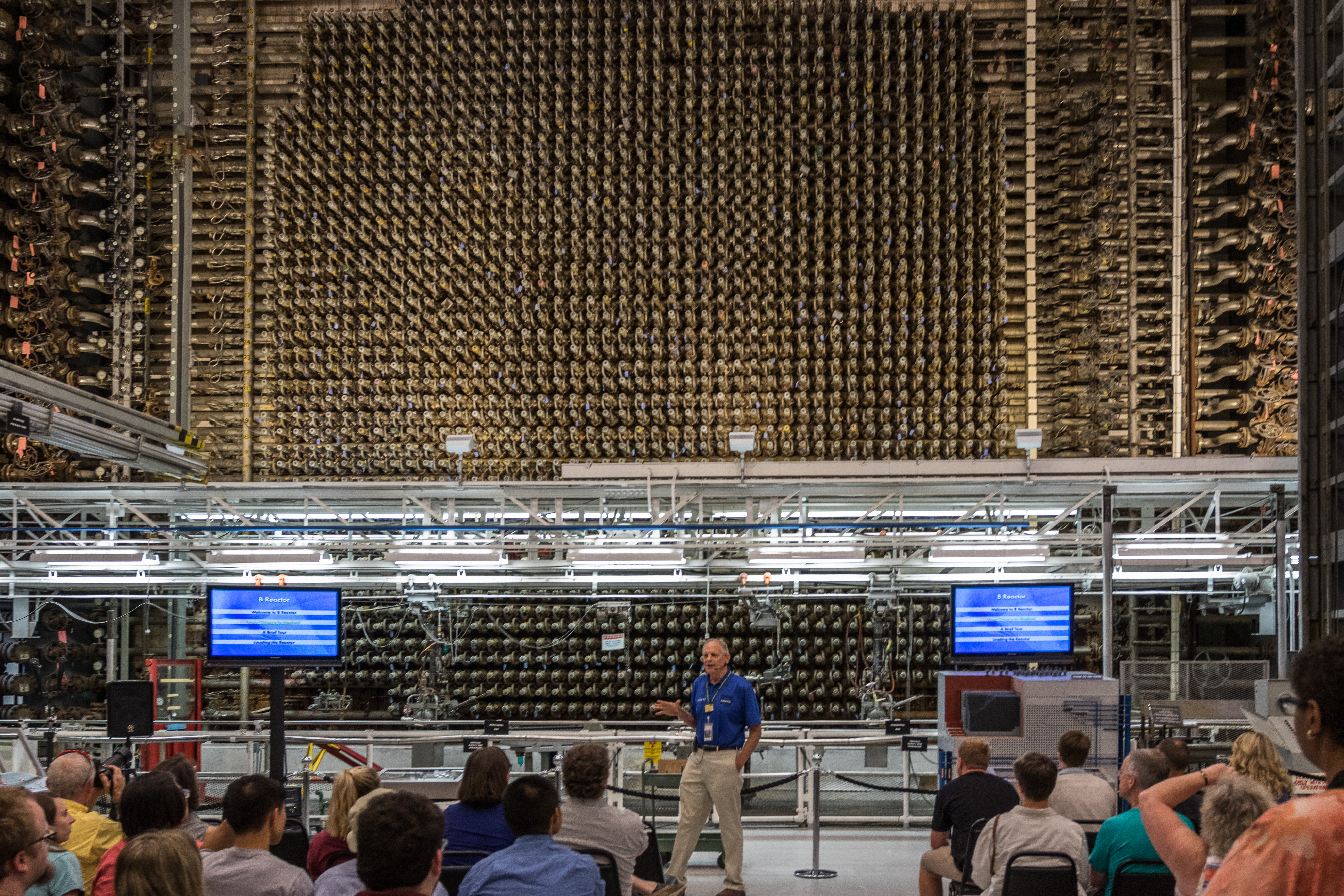
The US Department of Energy provides guided tours of the B Reactor. These tours provide a glimpse into the science and technology that made plutonium production possible on an industrial scale and helped launch the nuclear age.
4 Hours
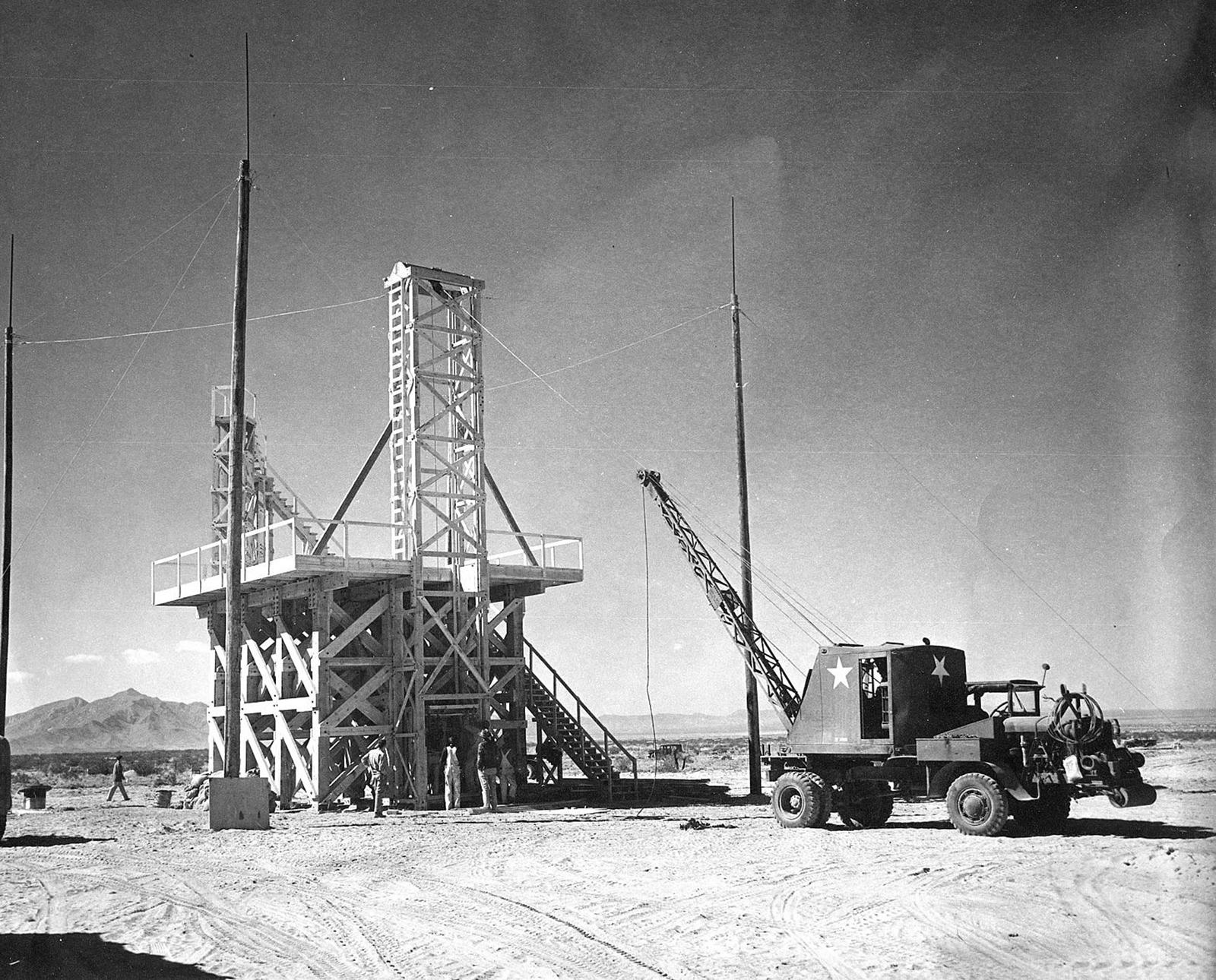
Two times a year, visitors are allowed to see the place where history was made at the Trinity Site. Run by the US Army, the Trinity site was the test area for the Gadget, site of the first human-caused nuclear explosion. The Gadget was placed atop a 100-foot (30.48 m) tall steel tower that was designated Ground Zero. View an obelisk at Ground Zero and the McDonald ranch house, where the Gadget’s plutonium core was assembled.
1-6 Hours
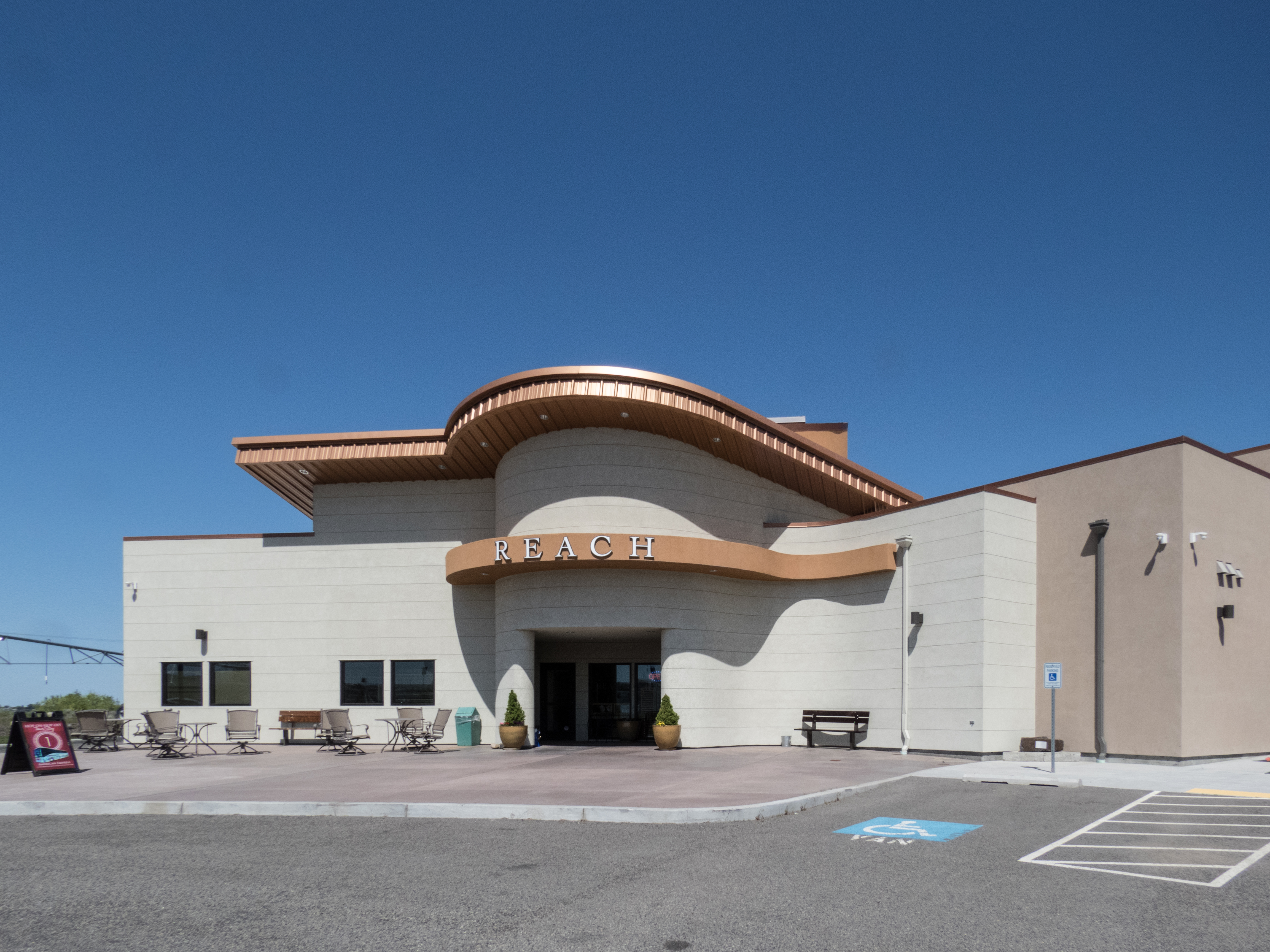
At The REACH Museum, you can learn about the natural and human history of the Tri-Cities. The museum houses rotating and permanent exhibits, including a robust exhibit on the Manhattan Project and Cold War.
1-2 Hours
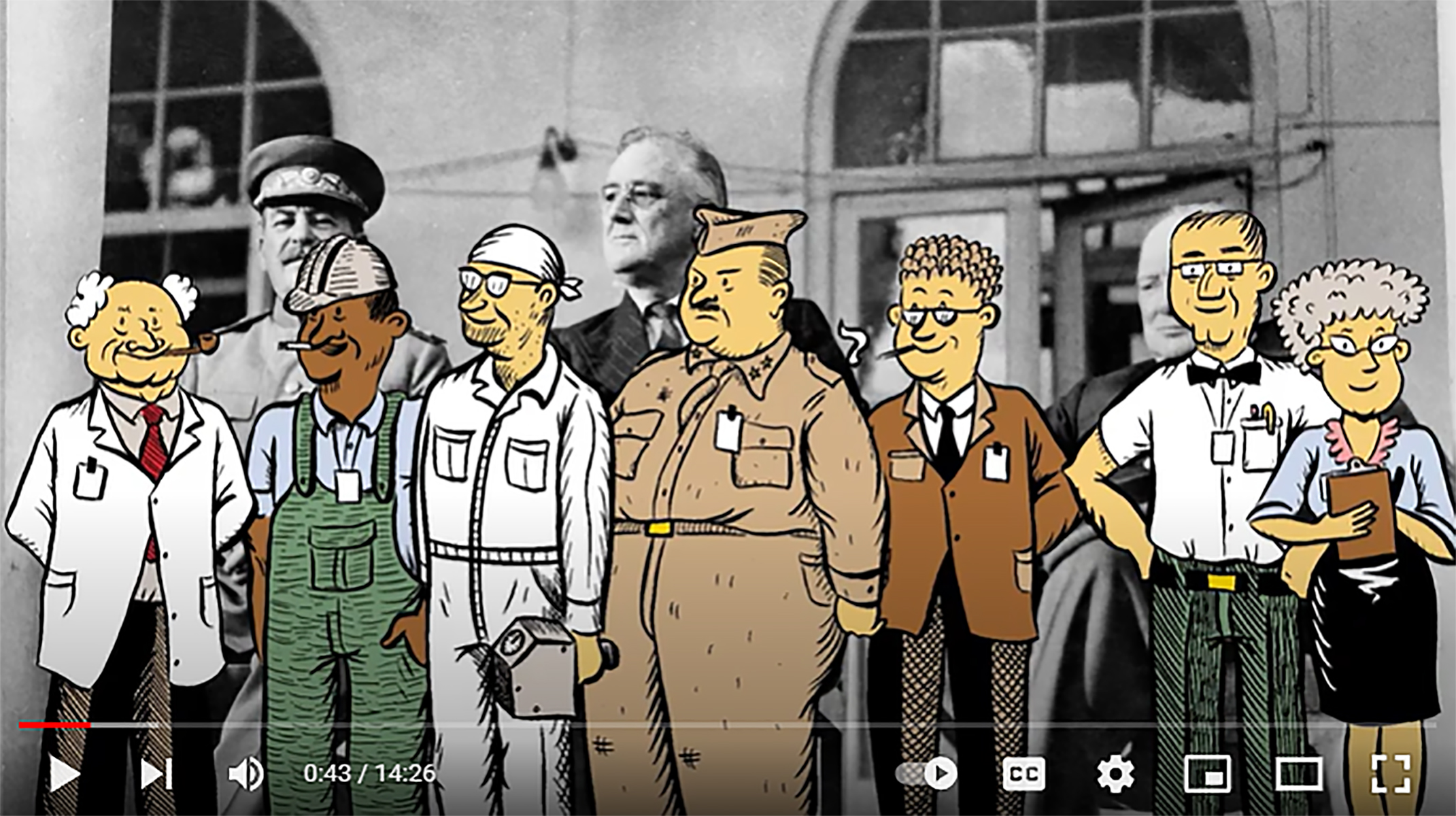
Watch the Hanford Site film at the Manhattan Project NHP Visitor Center for a general introduction to the Manhattan Project and Hanford’s role as the plutonium production site for the project.
15 Minutes
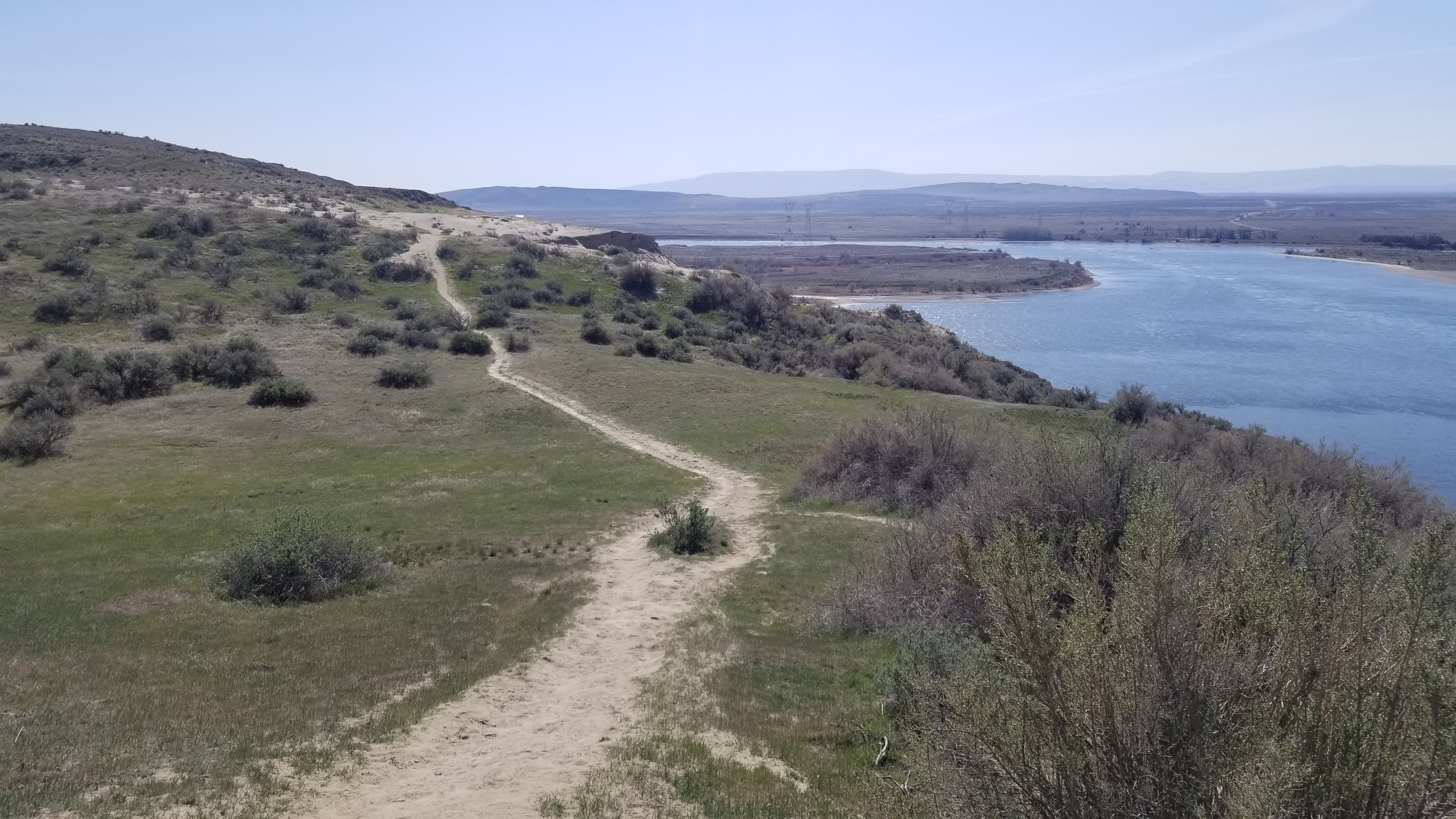
On this trail you may explore rolling sand dunes, take in vast vistas dotted with relics of plutonium production during the Manhattan Project and Cold War, and observe a variety of wildlife.
2-4 Hours
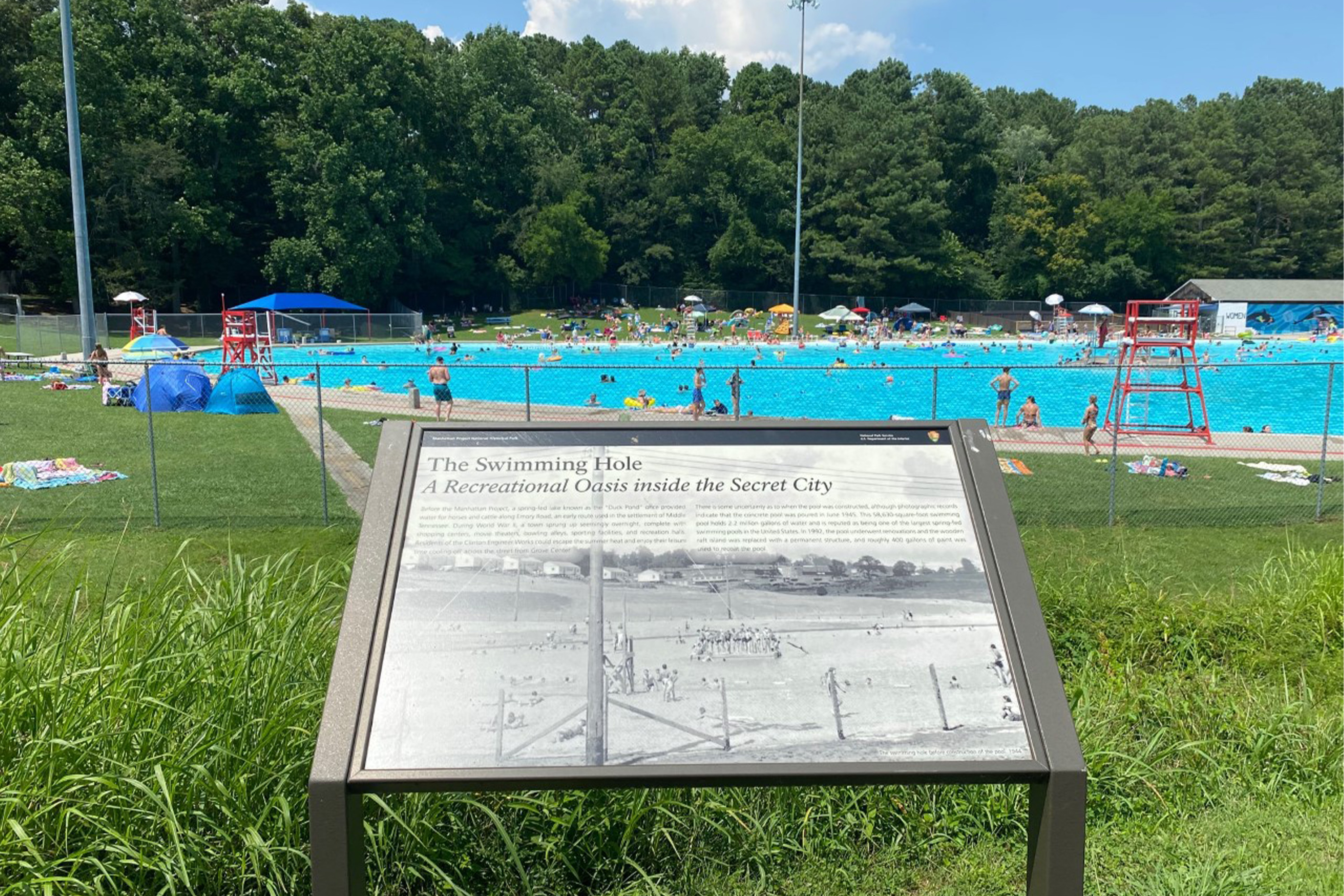
The Oak Ridge Community Swimming Pool, constructed during the Manhattan Project, remains a popular feature of the community to this day. Follow the link to learn more about operating hours, seasons, and fees.
1-4 Hours
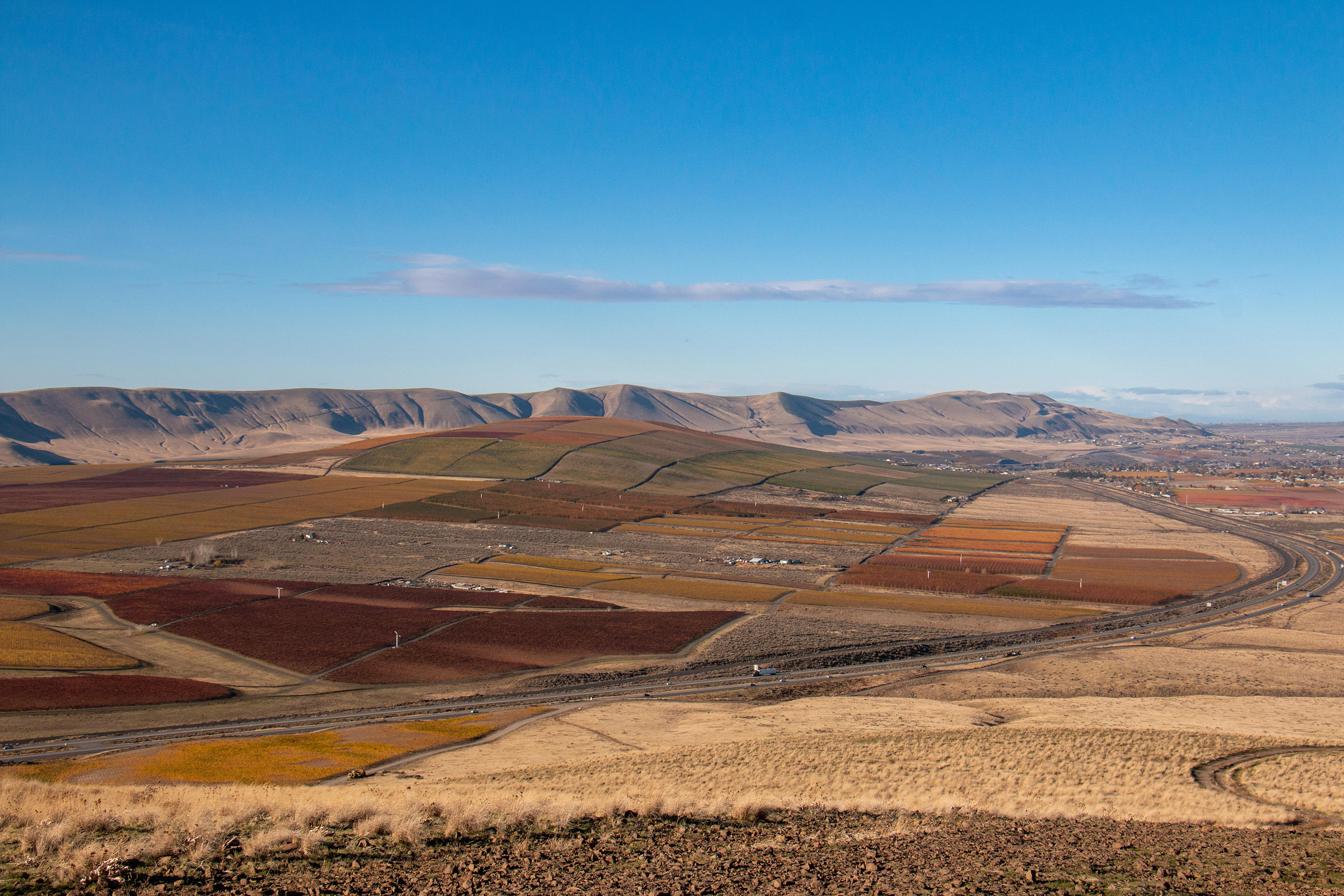
The trail up Candy Mountain is a moderate 3.6 mile (5.8 km) roundtrip hike that offers sweeping views of the Tri-Cities region and a walk through time. Signs along the trail explain the impact of the ice age floods on area geography. Hikers capture sweeping views from the summit, with Mount Adams, Rainier, and Stuart visible on clear days. This perch offers a bird’s-eye view of the Hanford Site. A nearby sign points out the various areas of the Hanford Site.
1-2 Hours
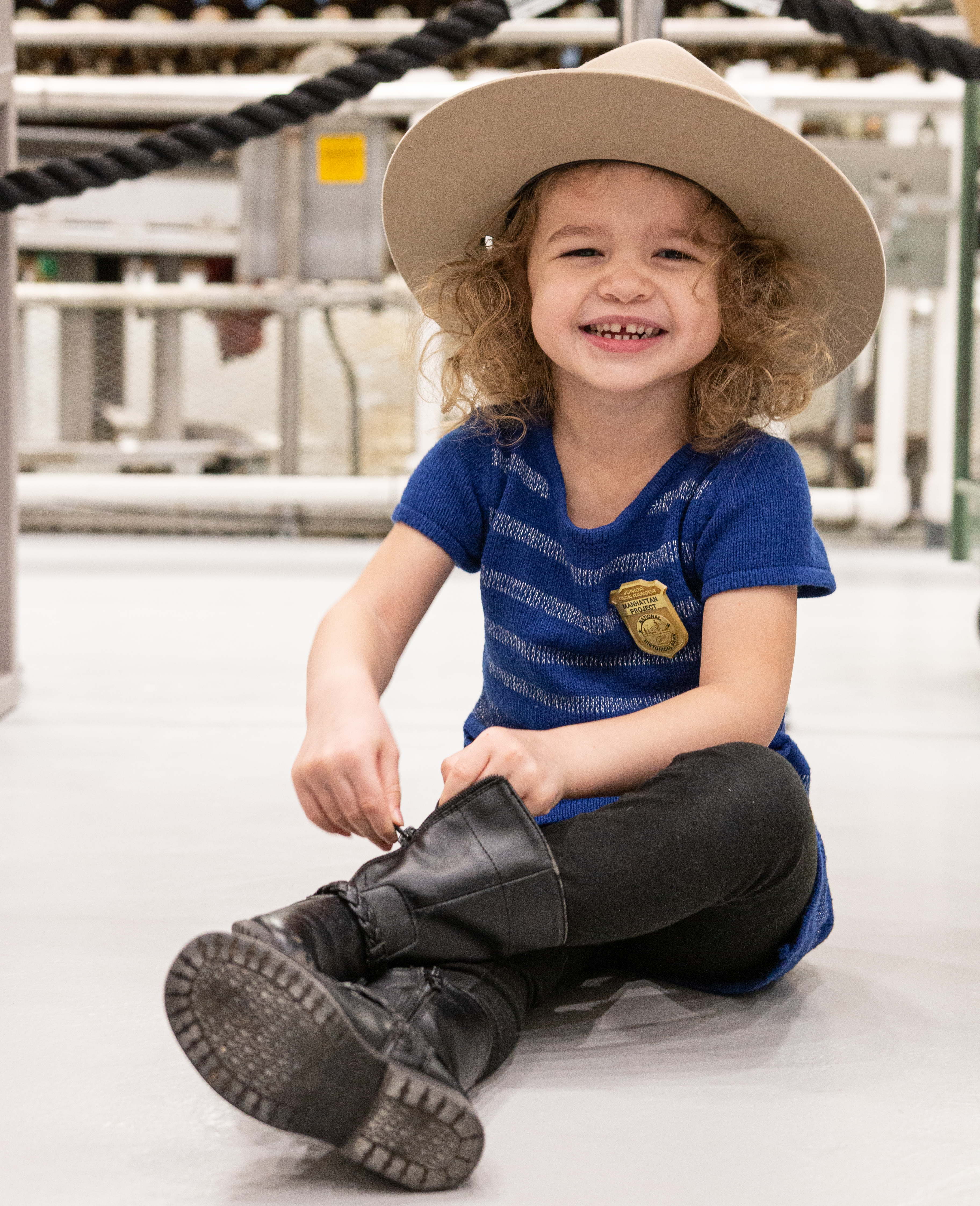
Hey kids! Have you ever wanted to become a park ranger? Join Atom U. Fission on a fun adventure and learn about the Manhattan Project.
1-3 Hours
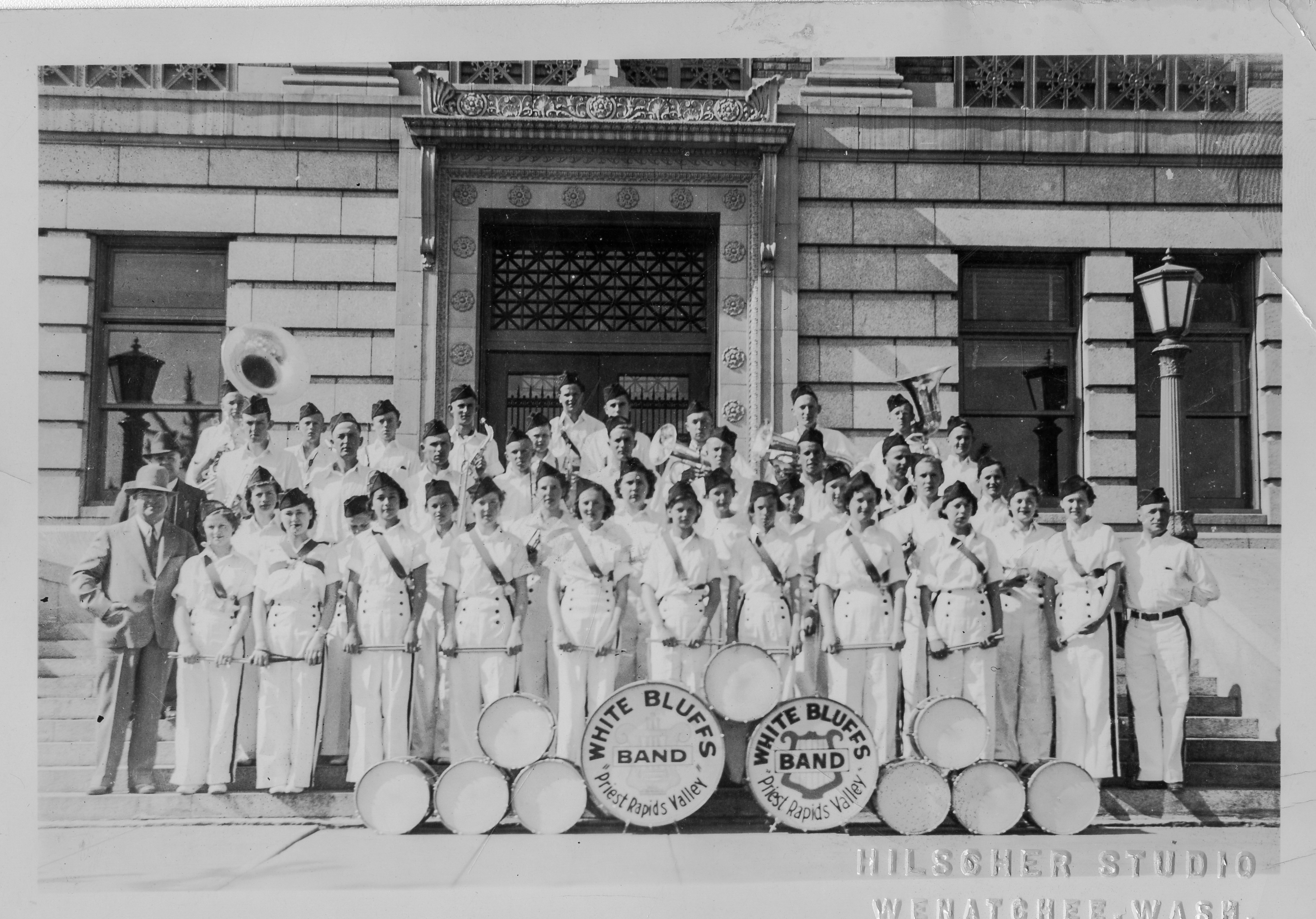
Step into the past and learn about the resilient farming communities displaced by the arrival of the Manhattan Project in eastern Washington. The US Department of Energy leads a tour of pre-Project Manhattan sites that are still on the Hanford Site.
4 Hours
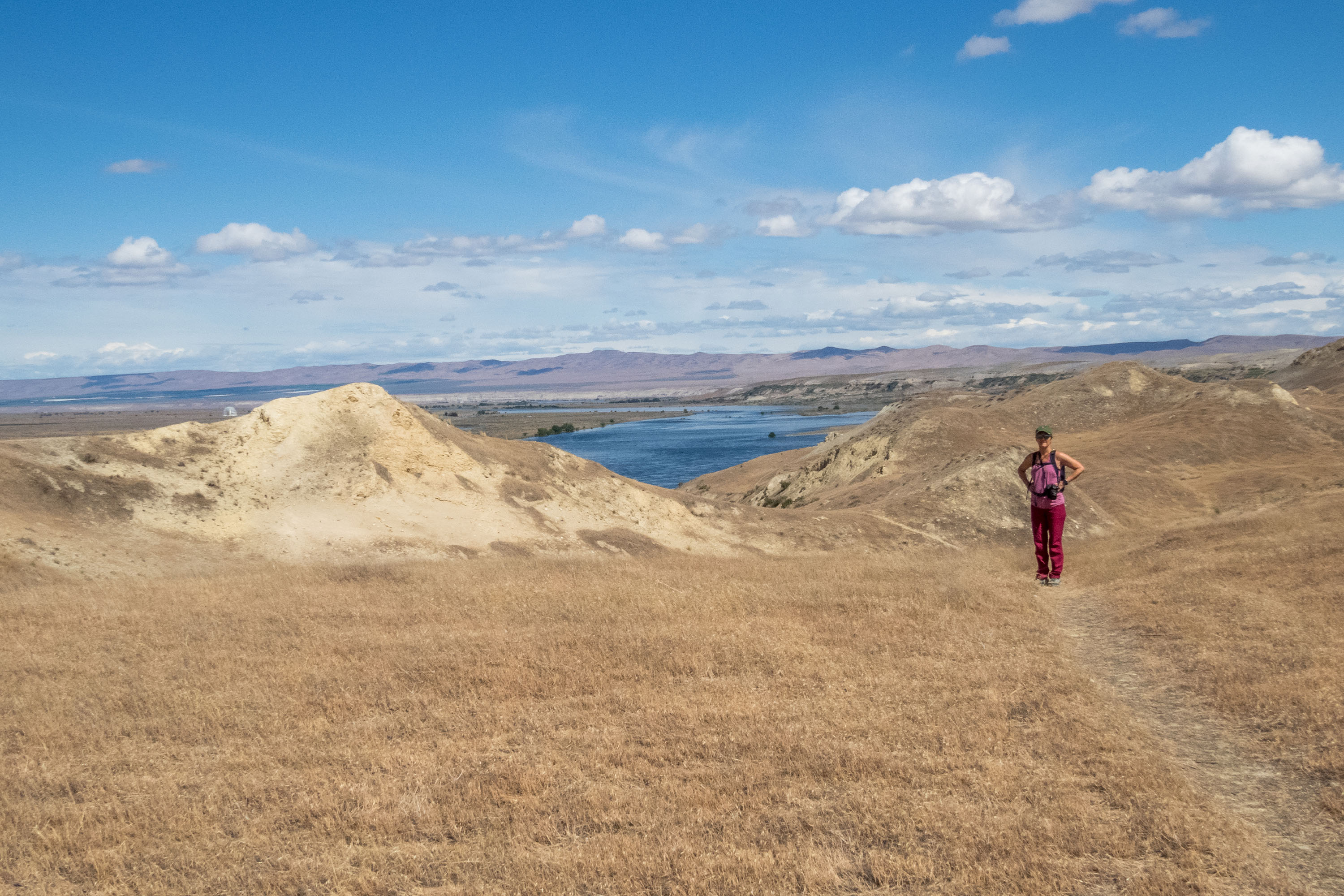
This trail provides one of the best views of the old Hanford town site and location of the Hanford construction camp for the Manhattan Project. This trail will reward you with expansive views of the Hanford site and opportunities to explore the white bluffs geologic formation up-close. This is also an excellent trail for if you enjoy birding and watching wildlife.
6-8 Hours
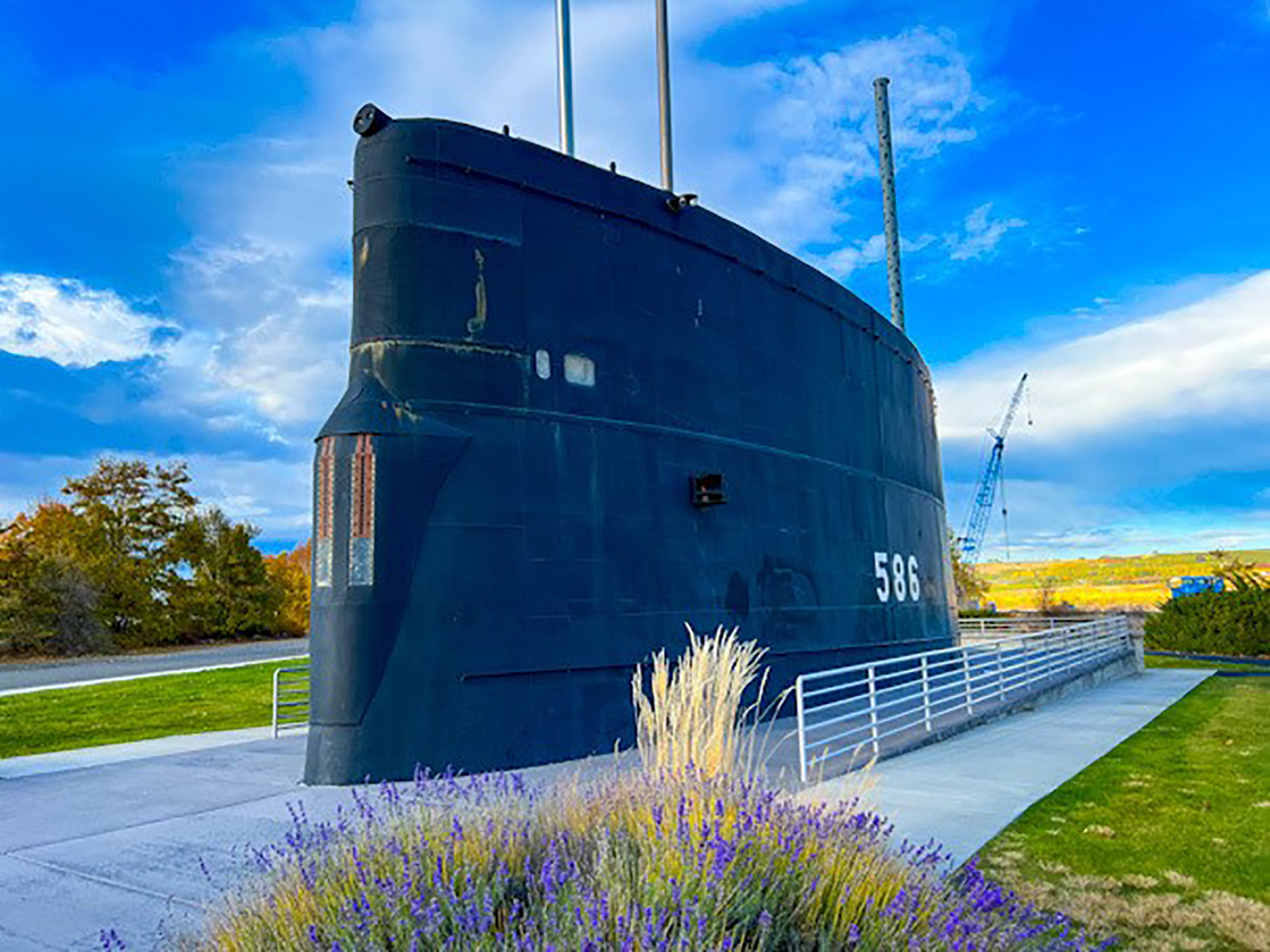
Enjoy views of the Columbia River as you walk around the sail of the USS Triton. The USS Triton was the first vessel to complete a submerged circumnavigation of the Earth in 1960 powered by nuclear reactor technology developed at Hanford for the Manhattan Project. Visitors to the park can walk along Richland’s Riverfront Trail, which connects walkers to other parks along the Columbia River. Tours inside the USS Triton sail are available.
15-30 Minutes
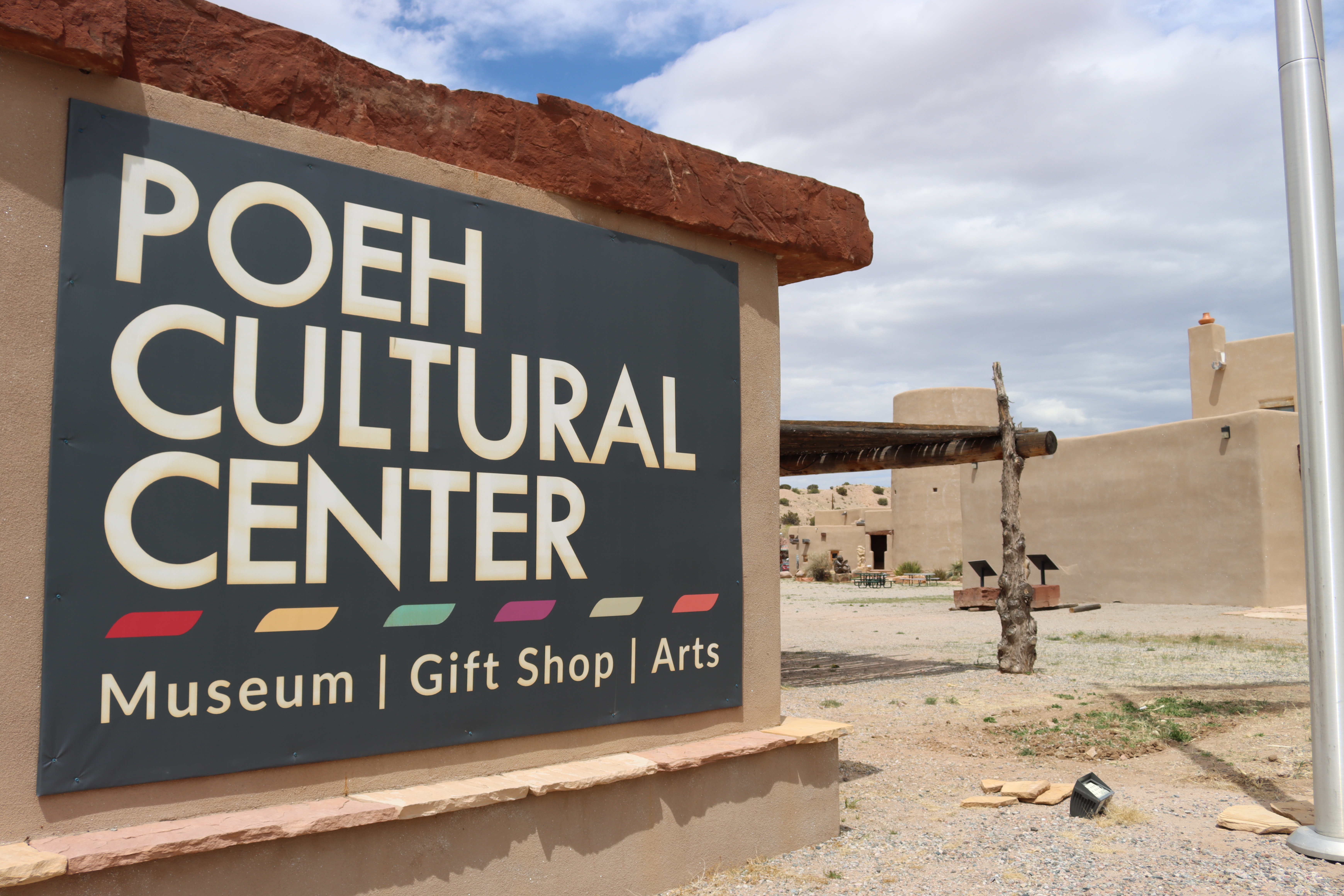
n the Tewa Pueblo language Poeh translates to “path” and the Poeh Cultural Center leads the way on the path to learning, discovering, and understanding Pueblo cultures and traditions. Located in Santa Fe, the Poeh Cultural Center, preserves and interprets the essence of what it means to be a Tewa person—to be Pueblo.
1-4 Hours

The Grove Theater opened in 1944 as a 1,000-seat auditorium to entertain Manhattan Project workers with films and live events. Many events are still held at the historic theater.
1-3 Hours
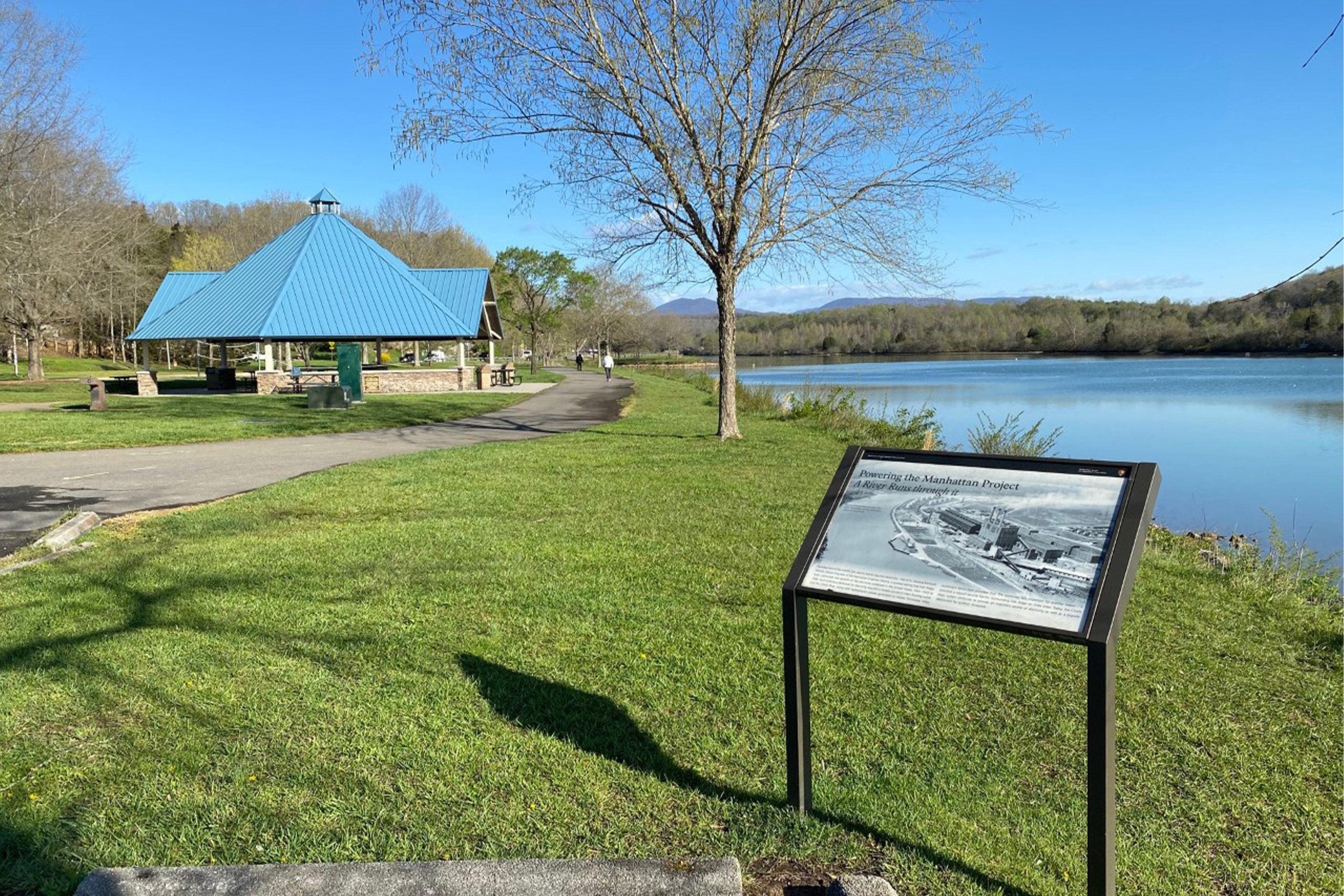
Oak Ridge, TN is home to over 85 miles (137 km) of walking, jogging, and biking trails on 13 greenways. Follow the link for more information on what each specific greenway offers.
1-5 Hours
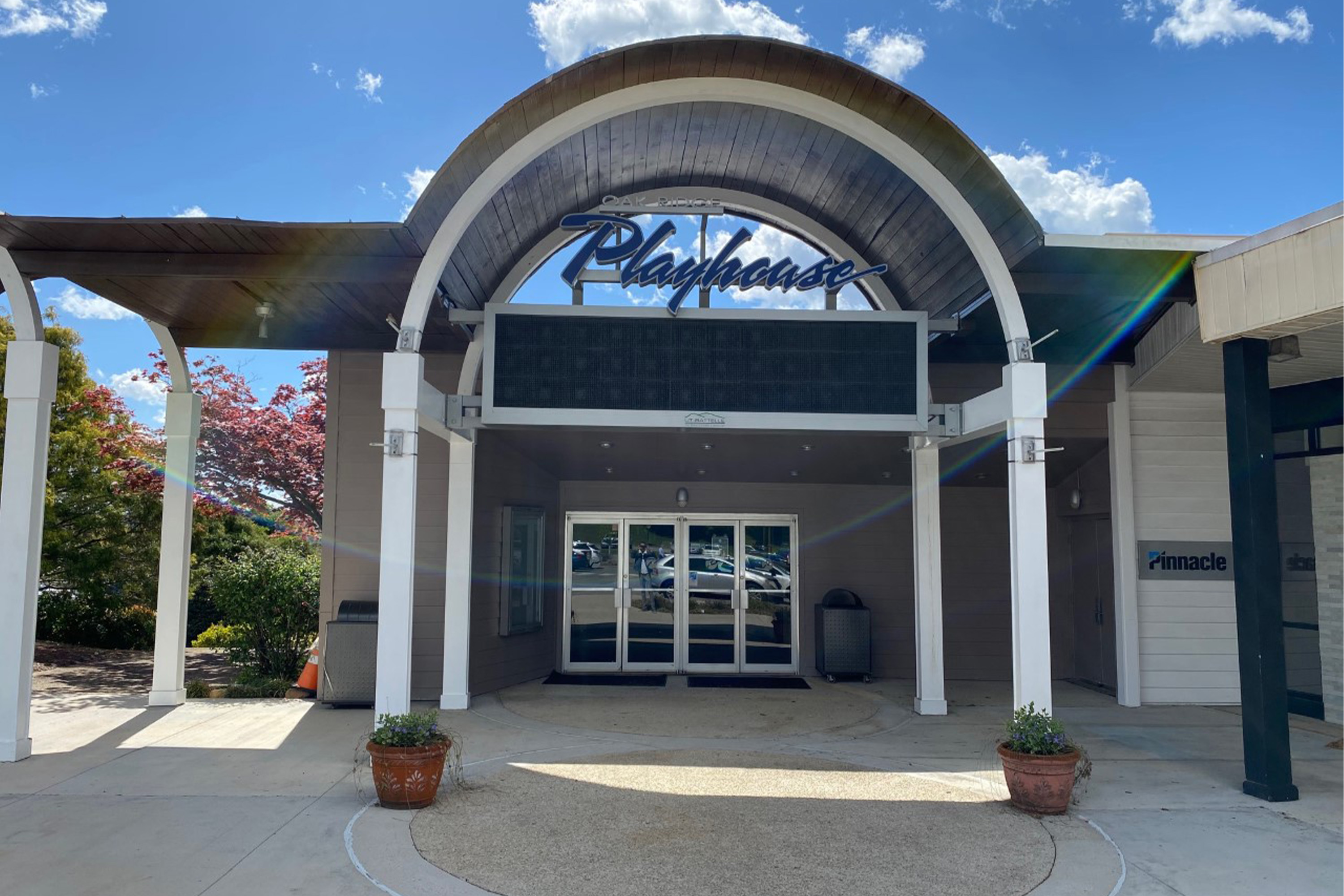
The Oak Ridge Playhouse is one of the oldest continuously operating community theaters in the Southeastern United States. Initially opened in 1943 to entertain Manhattan Project workers in Oak Ridge, the playhouse has resided in historic Jackson Square since 1957.
1-3 Hours
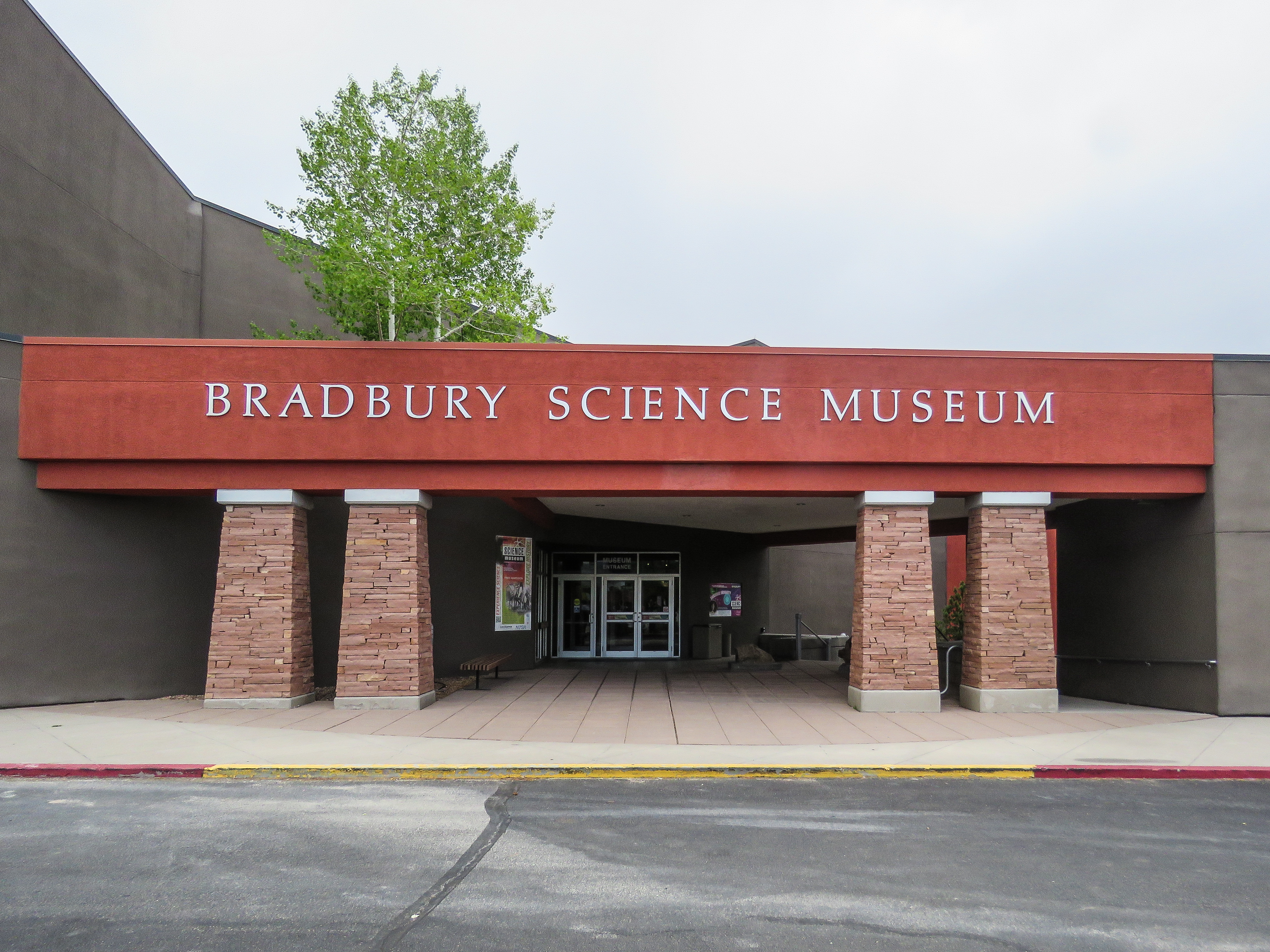
Learn about the scientific history of Los Alamos and explore interactive exhibits at the Bradbury Science Museum.
1-4 Hours
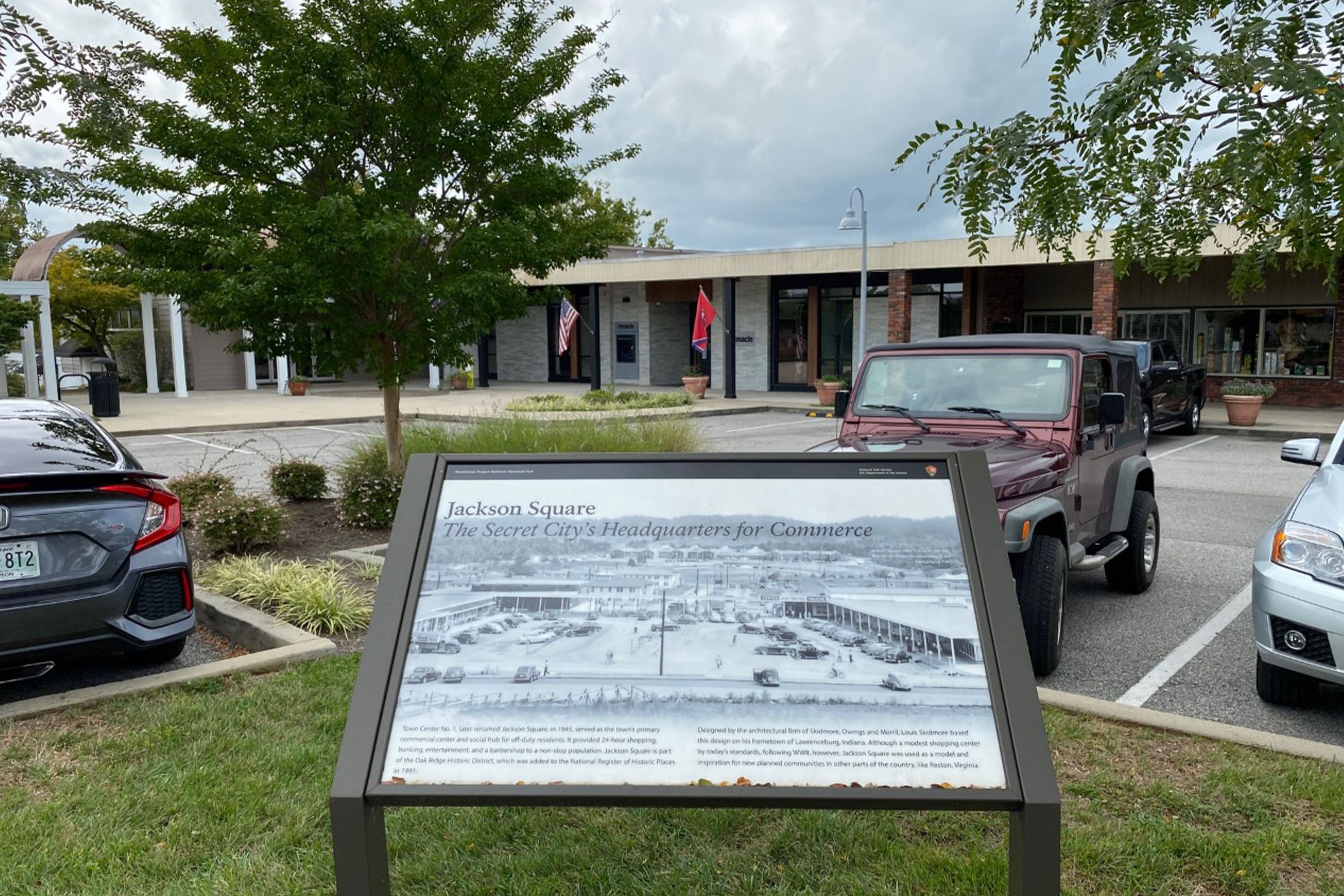
Downtown Oak Ridge provided Manhattan Project employees with respite from their top-secret work. Follow in the footsteps of urban life during World War II-era Oak Ridge at these historic locations.
1-3 Hours
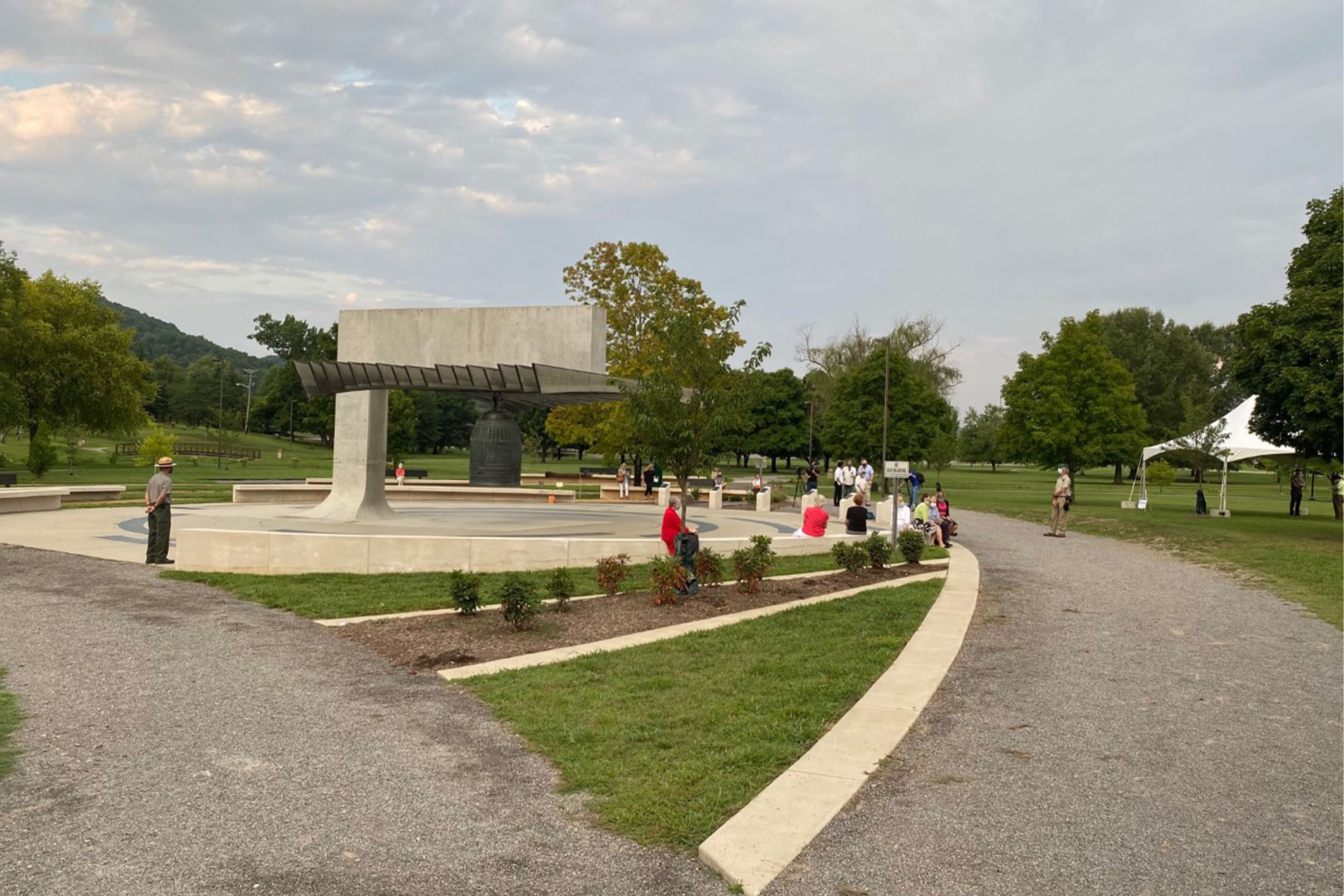
A.K. Bissell Park is a favorite location for Oak Ridgers to exercise, walk a pet, or just relax and enjoy the various attractions the park offers. Follow the link to explore all the things to do in this popular city park.
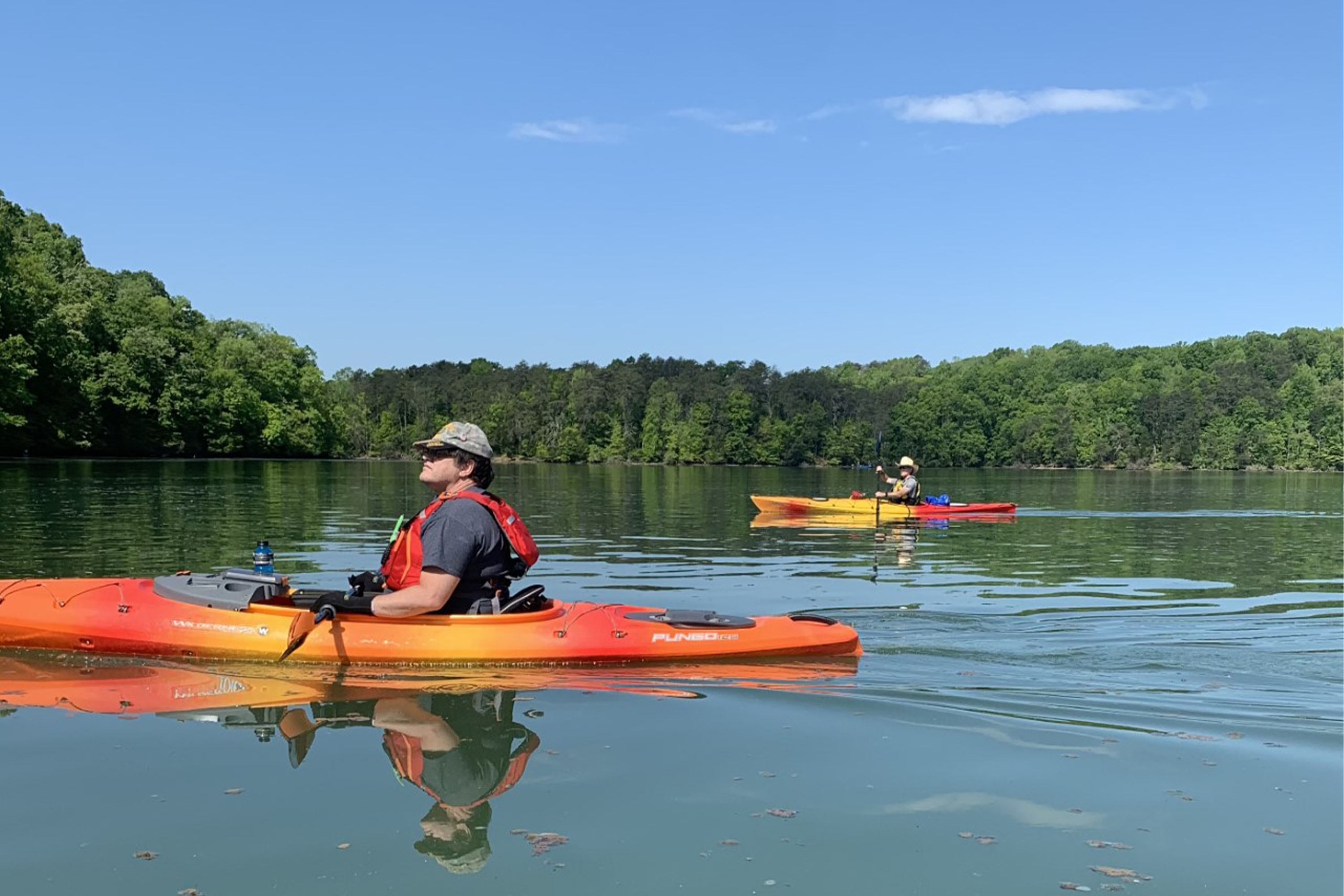
Haw Ridge Park in Oak Ridge, Tennessee encompasses 780 acres and offers hiking, biking, jogging, and watersports opportunities. Follow the link for more information on available recreational activities.
1-6 Hours

The junior ranger program is a great way for kids to learn about the Manhattan Project by doing fun activities. Complete pages in the Junior Ranger book to receive a Junior Ranger badge and become an official Junior Ranger for the Manhattan Project National Historical Site.
1-3 Hours
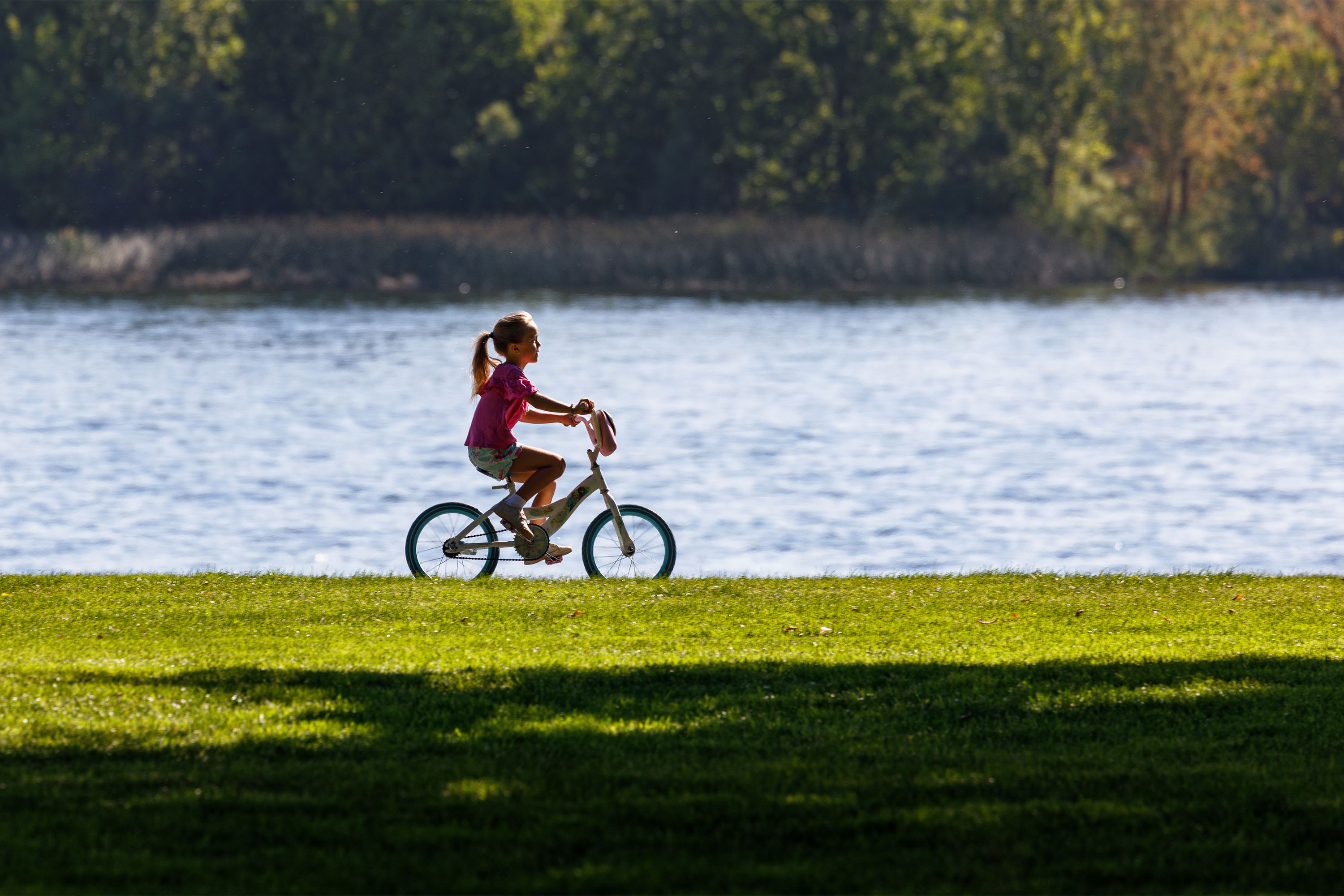
This recreational trail along the Columbia River is a perfect way to explore the Tri-Cities on foot and bike. Interpretive signs along the route share information about local history including Lewis and Clark’s experience in the Mid-Columbia region. You can also take in panoramic views of the Columbia River, which was essential for the Hanford Site.
1-4 Hours
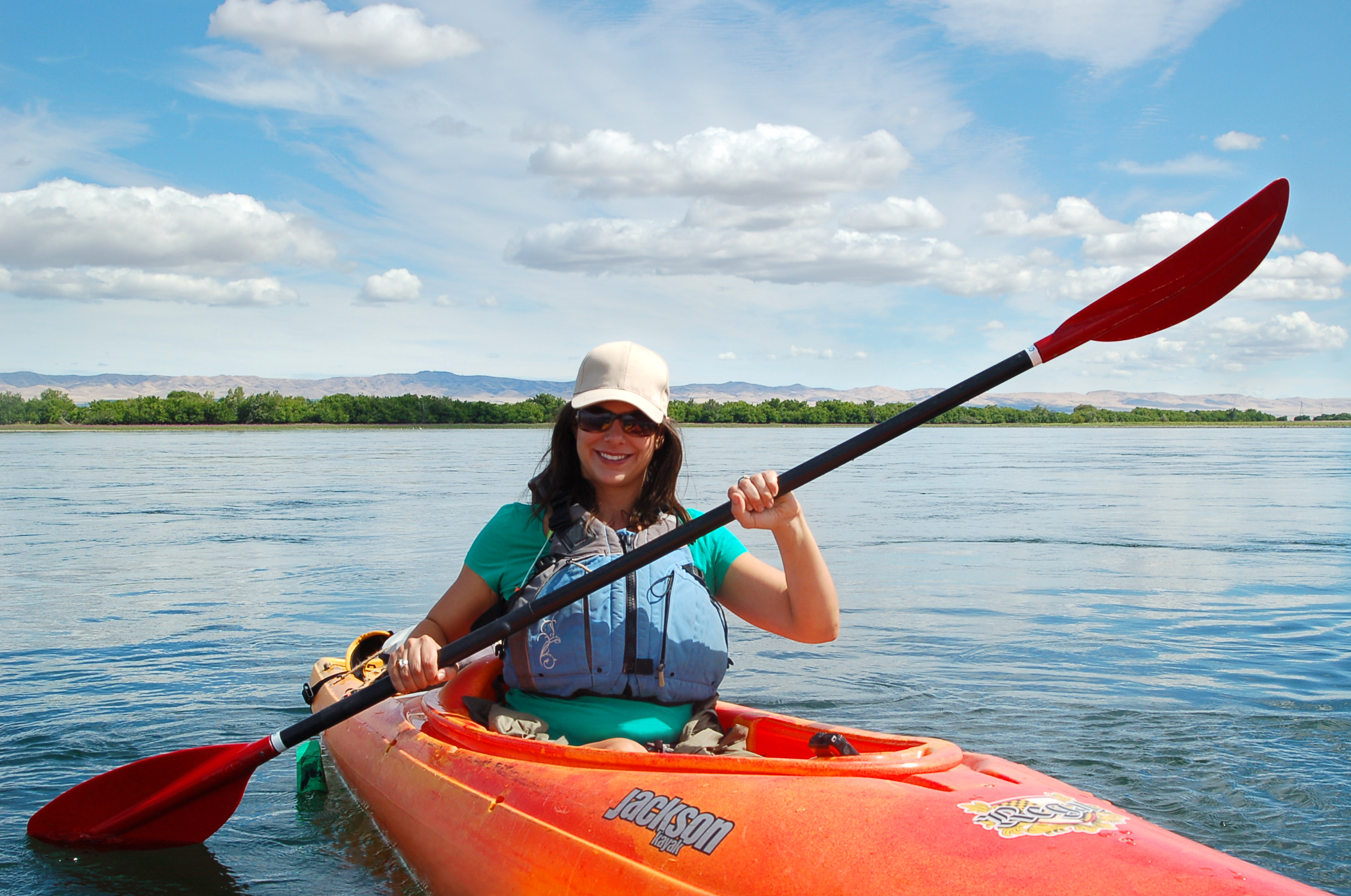
Paddle through the Hanford Reach and check out the geology, plants, animals, and World War II history along its shores. Sustaining human and animal life in the dry shrub steppe of eastern Washington for millennia, the Columbia River also provided water to cool the plutonium production nuclear reactors during the Manhattan Project and Cold War.
4-6 Hours
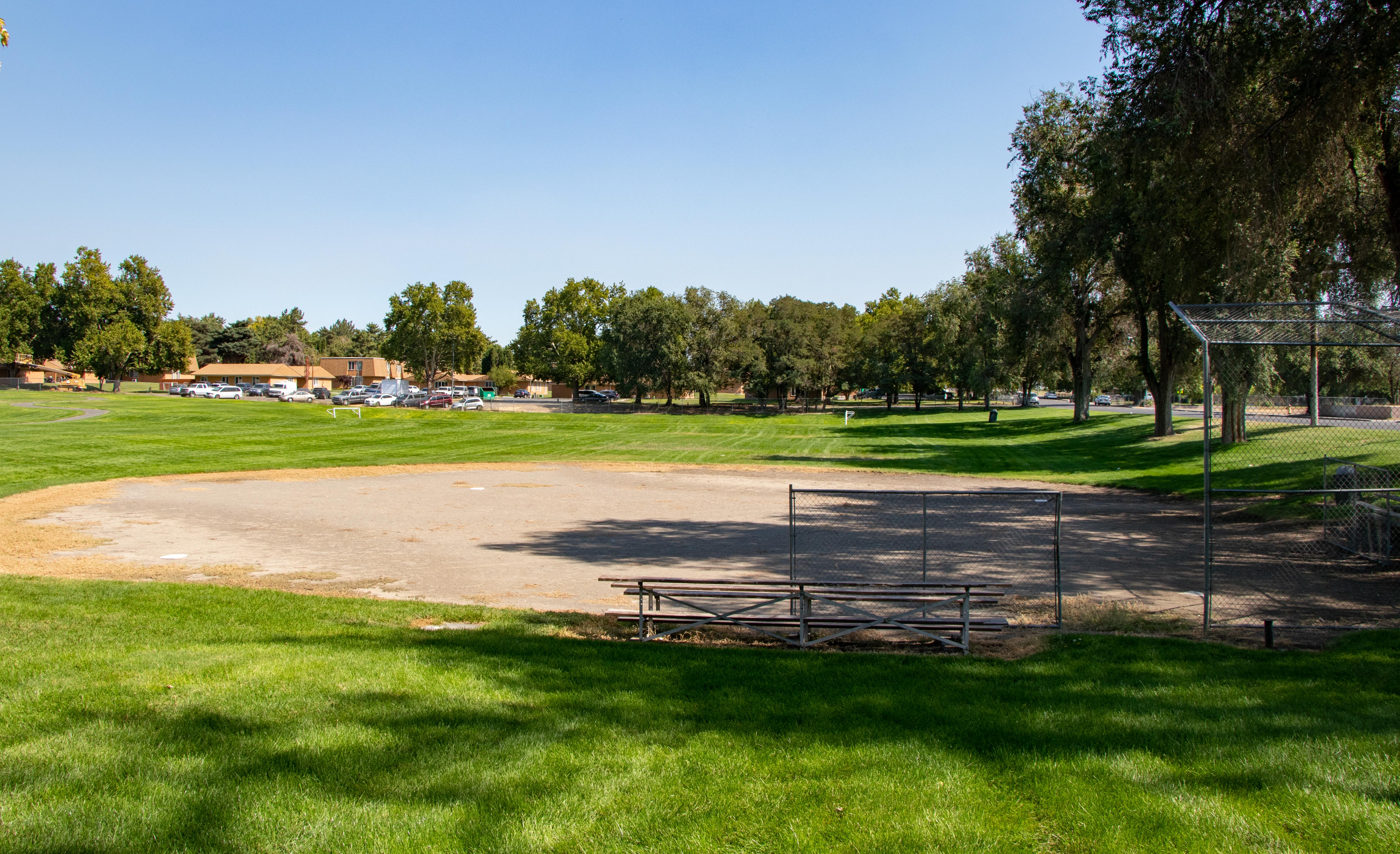
Kurtzman Park is a community park that was created in the late 1950s by Black neighborhood boys in segregated East Pasco who wanted a place to play. The boys transformed a vacant lot into a city park. Today, the park offers a playground, trails, picnic area and soccer fields.
0-1 Hours
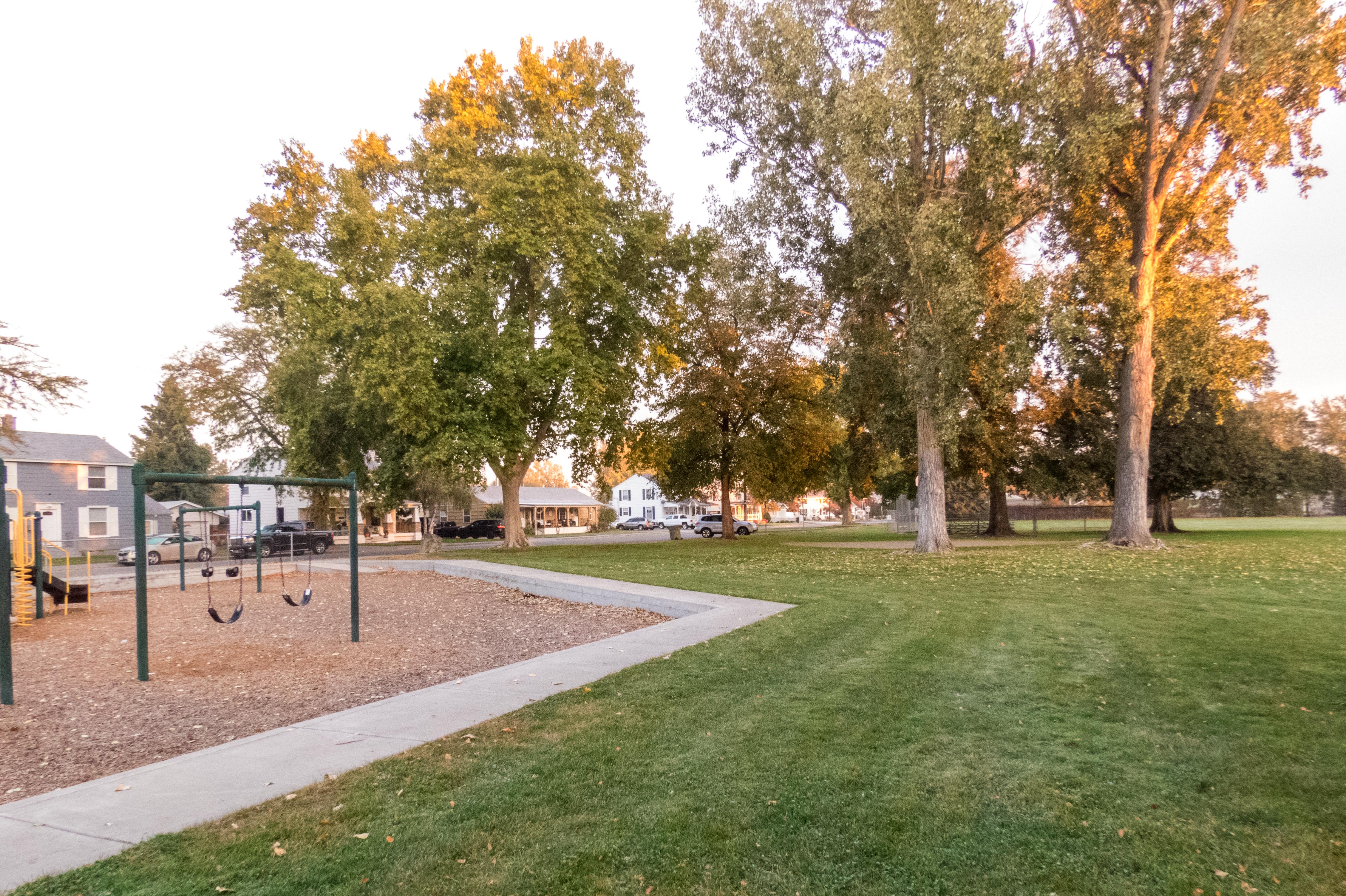
Rodney Block Park in Richland, Washington, was originally created as a place to play and relax for the Manhattan Project workers and their families who lived in the alphabet homes that surround the park. Today, the park is still a place for recreation that draws people of all ages.
1-2 Hours
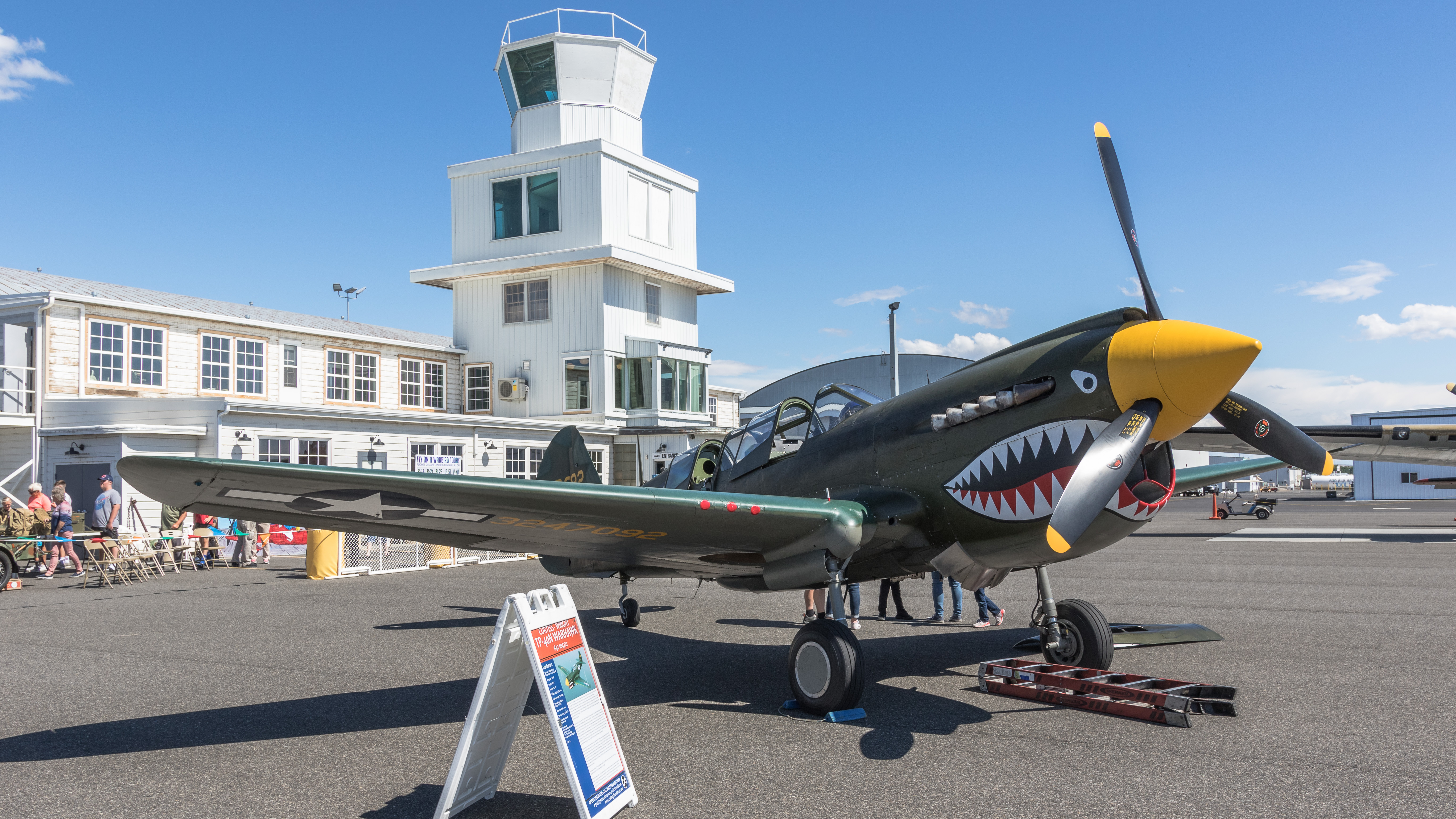
During World War II, Pasco Aviation in Pasco, Washington was one of the three largest training bases for aviators in the United States. Today, it hosts a recently opened and expanded museum that showcases aviation history.
1-2 Hours
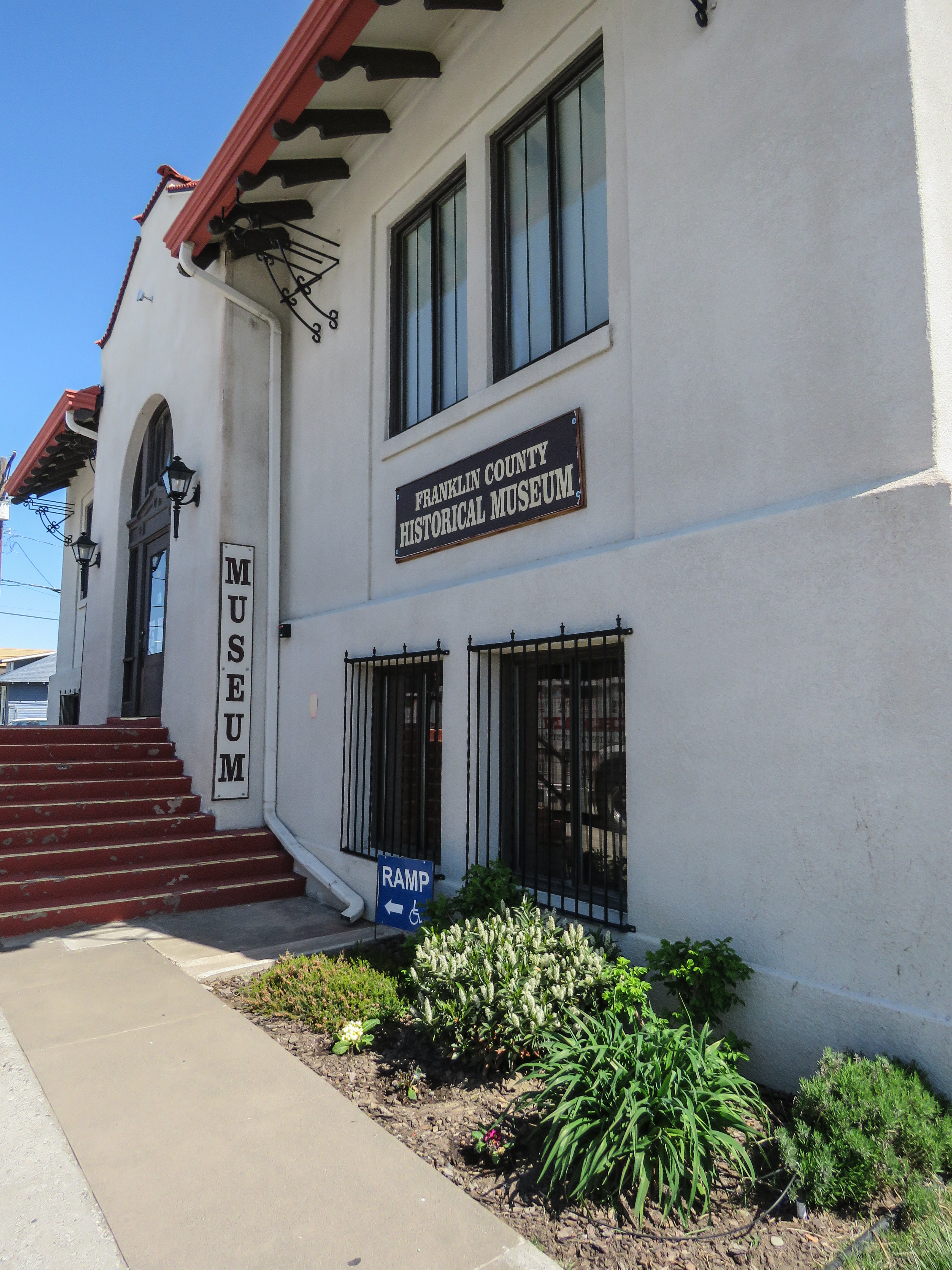
The Franklin County Historical Society has artifacts, educational programs, and displays that share story of the development of Franklin County. The museum building was originally constructed in 1910 as part of Andrew Carnegie’s worldwide library construction program.
2 Hours
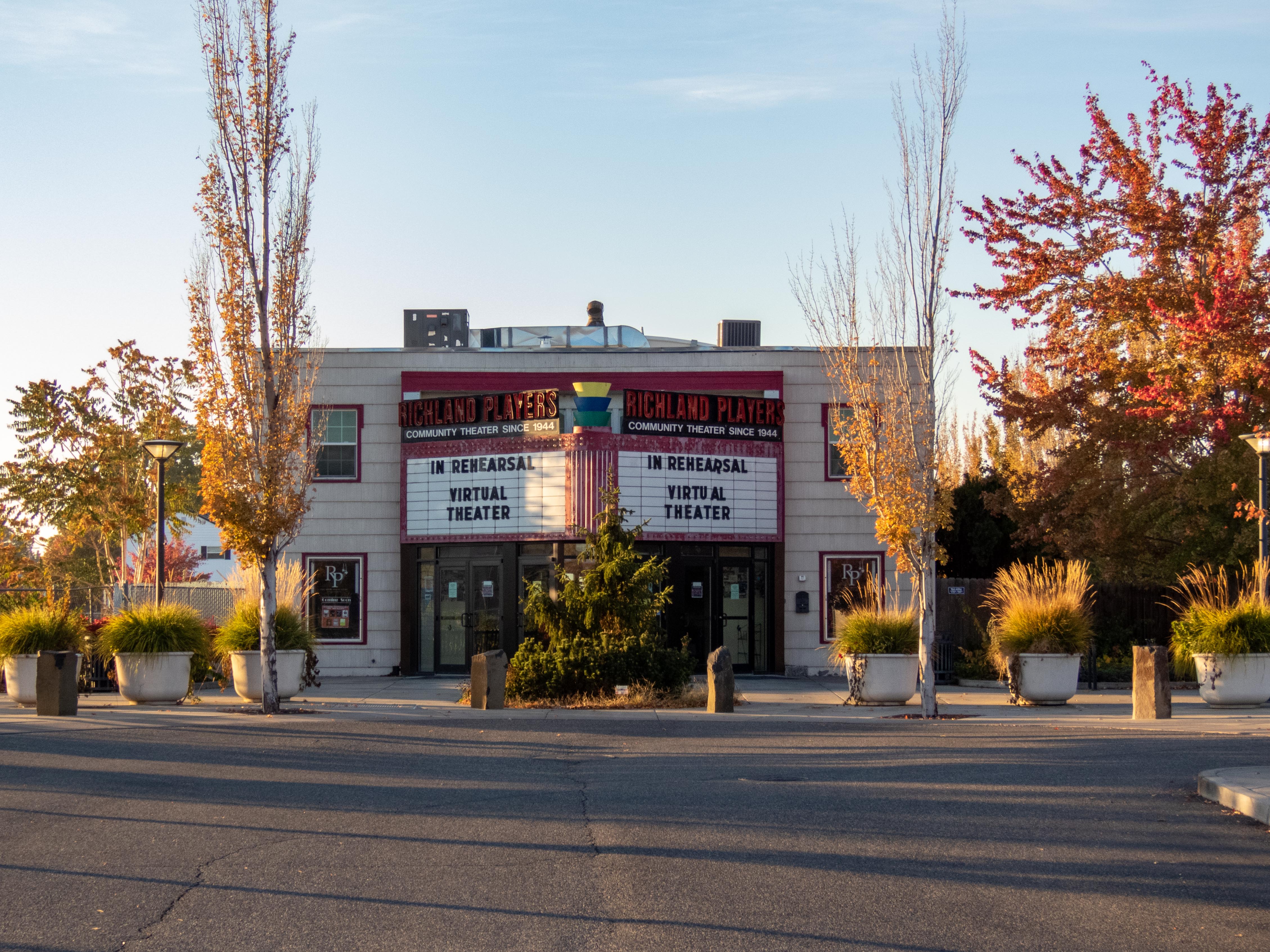
The Richland Players were founded by Manhattan Project workers in 1944 to “to bring music and laughter to an isolated community.” Attend live theater productions, choral concerts, chautauqua presentations, and more in this historic building built during the Manhattan Project as a movie theater for the residents of the secret city.
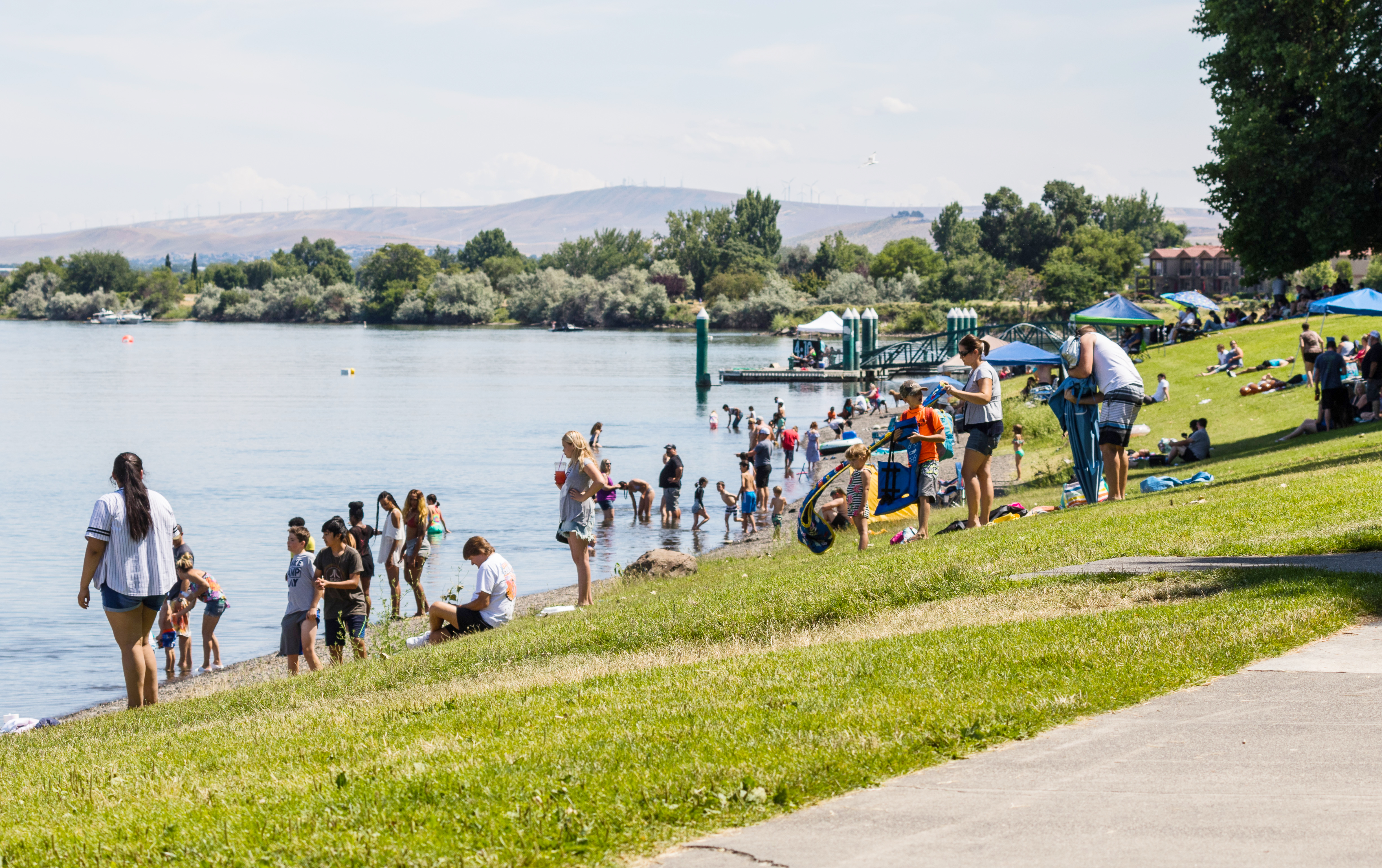
Serving as a community gathering place for over 100 years, Howard Amon Park offers something for everyone. You can relax under a shade tree, wade into the river, walk or ride a bike along the river path, and enjoy family time with your kids on the play equipment.
2 Hours
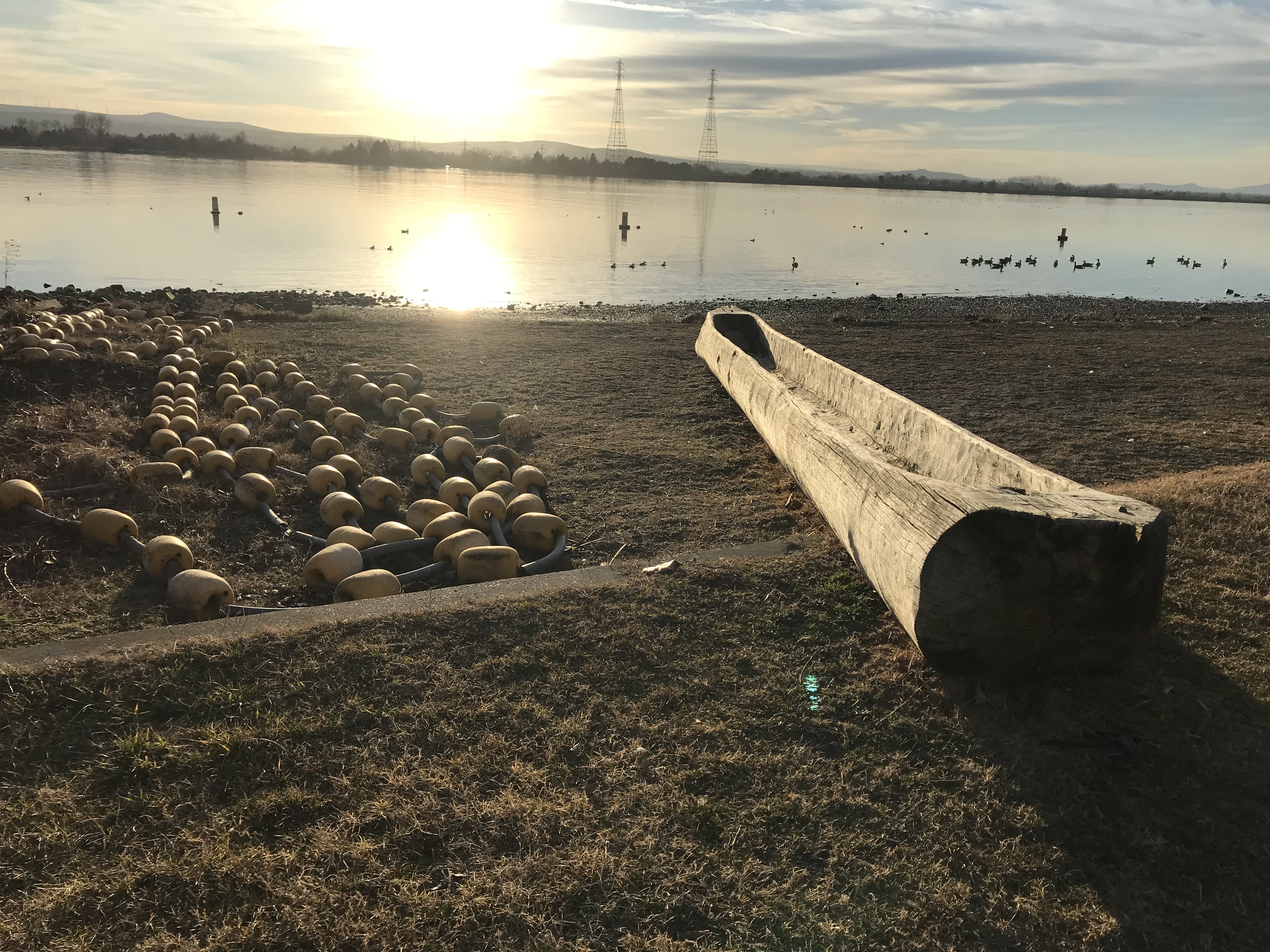
Learn about the first local encounter between White explorers and Native Americans at Sacajawea Historical State Park, which is at the confluence of the Snake and Columbia rivers. You can enjoy many activities including picnicking, swimming, bicycling, hiking, bird watching and wildlife viewing.
2 Hours
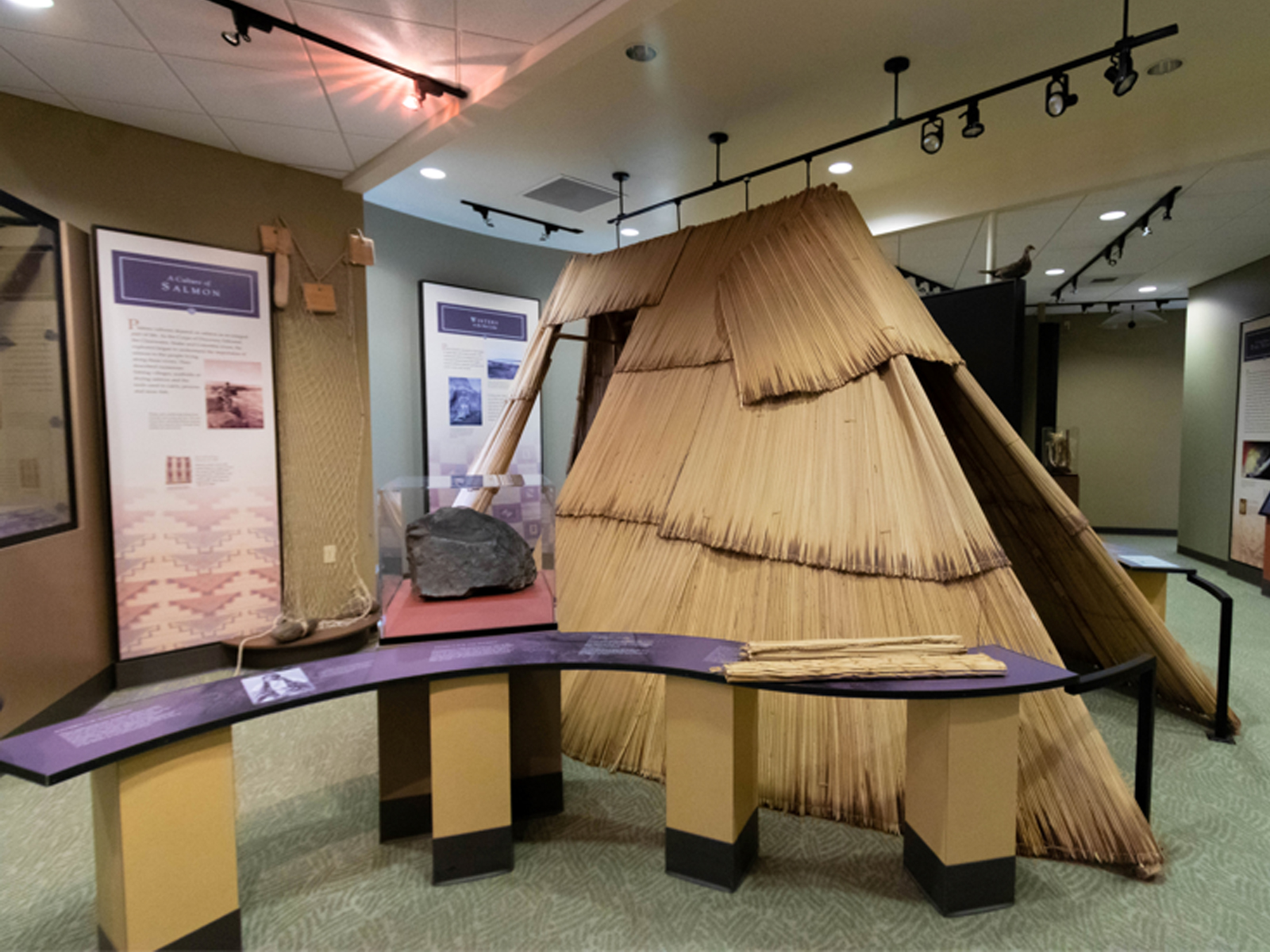
Exhibits in the Sacajawea Interpretive Center at Sacajawea Historical State Parks focus on The Lewis and Clark Expedition, Sacagawea, and the Sahaptian-speaking Native Americans of the Columbia Plateau. Visitors can touch items like the tule used to make lodges and even see a smaller-scale example of a lodge made from tule.
2 Hours
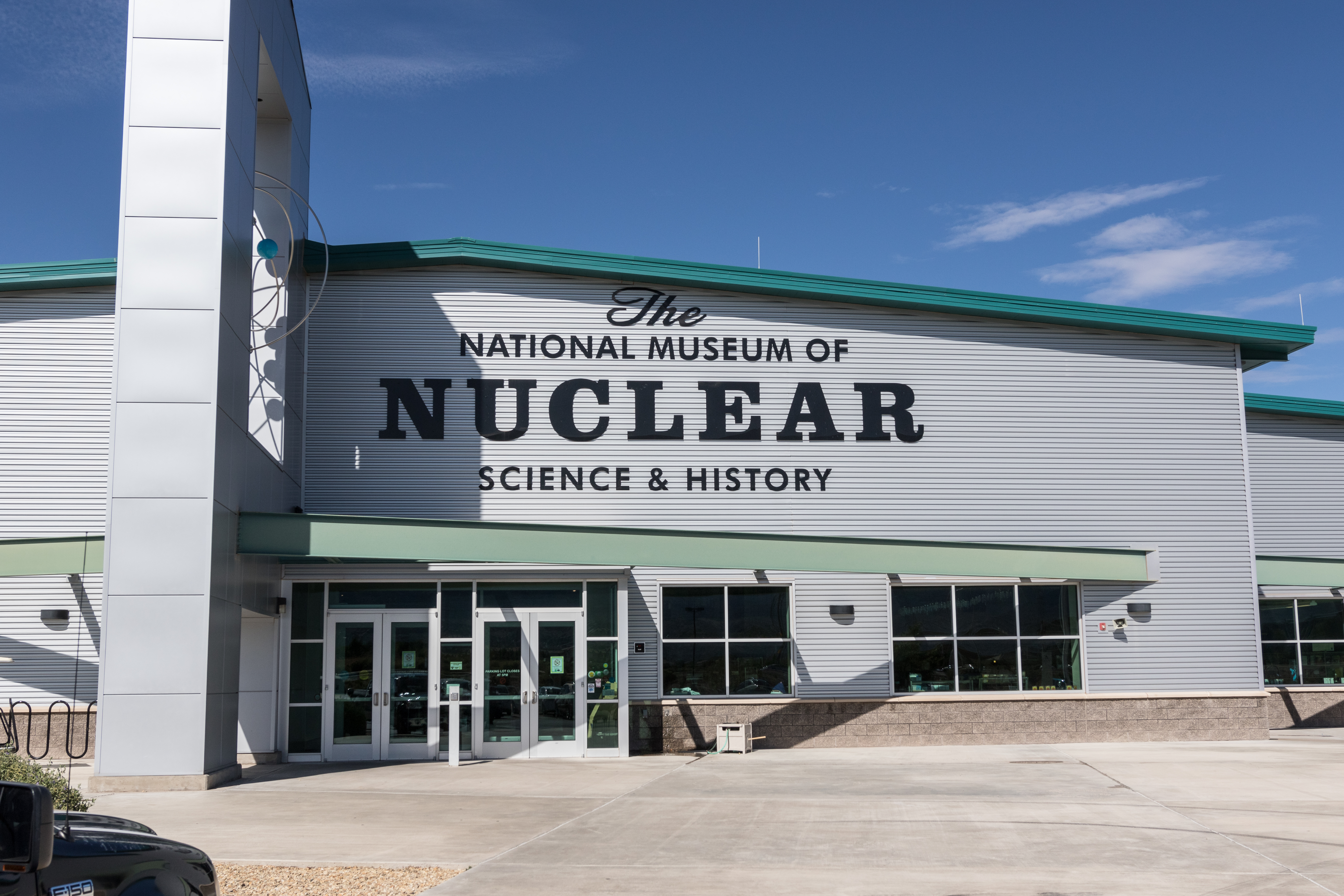
Explore the story of the Atomic Age at the National Museum of Nuclear Science & History. Learn about nuclear science in the past, present, and future. A wide array of exhibits discuss topics from atomic theory and the complexities of World War II to the diversity of individuals and events that shaped the technical context of the nuclear age. No matter the topic, there is always something to learn at the National Museum of Nuclear Science & History Museum.
1-4 Hours
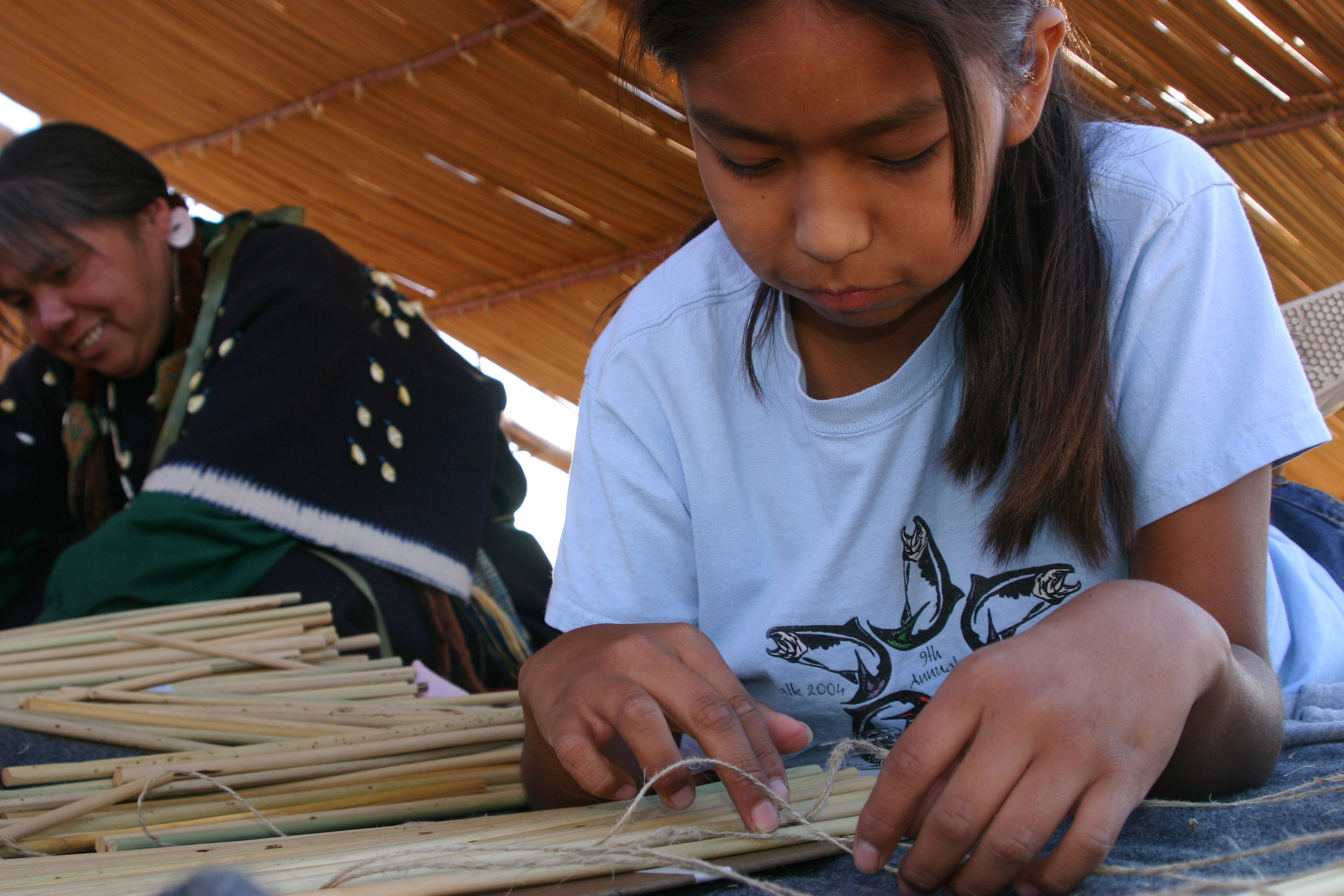
Tamástslikt Cultural Institute is located Oregon Trail and tells the story of western expansionism from a tribal point of view. Permanent exhibits bring to life the traditions of the Cayuse, Umatilla and Walla Walla Tribes. For 10,000 years, these tribes have lived and subsisted in a region that includes southeastern Washington where the Hanford Site is today. The institute is located approximately 75 miles (120 km) south of the Tri-Cities in Oregon.
2 Hours
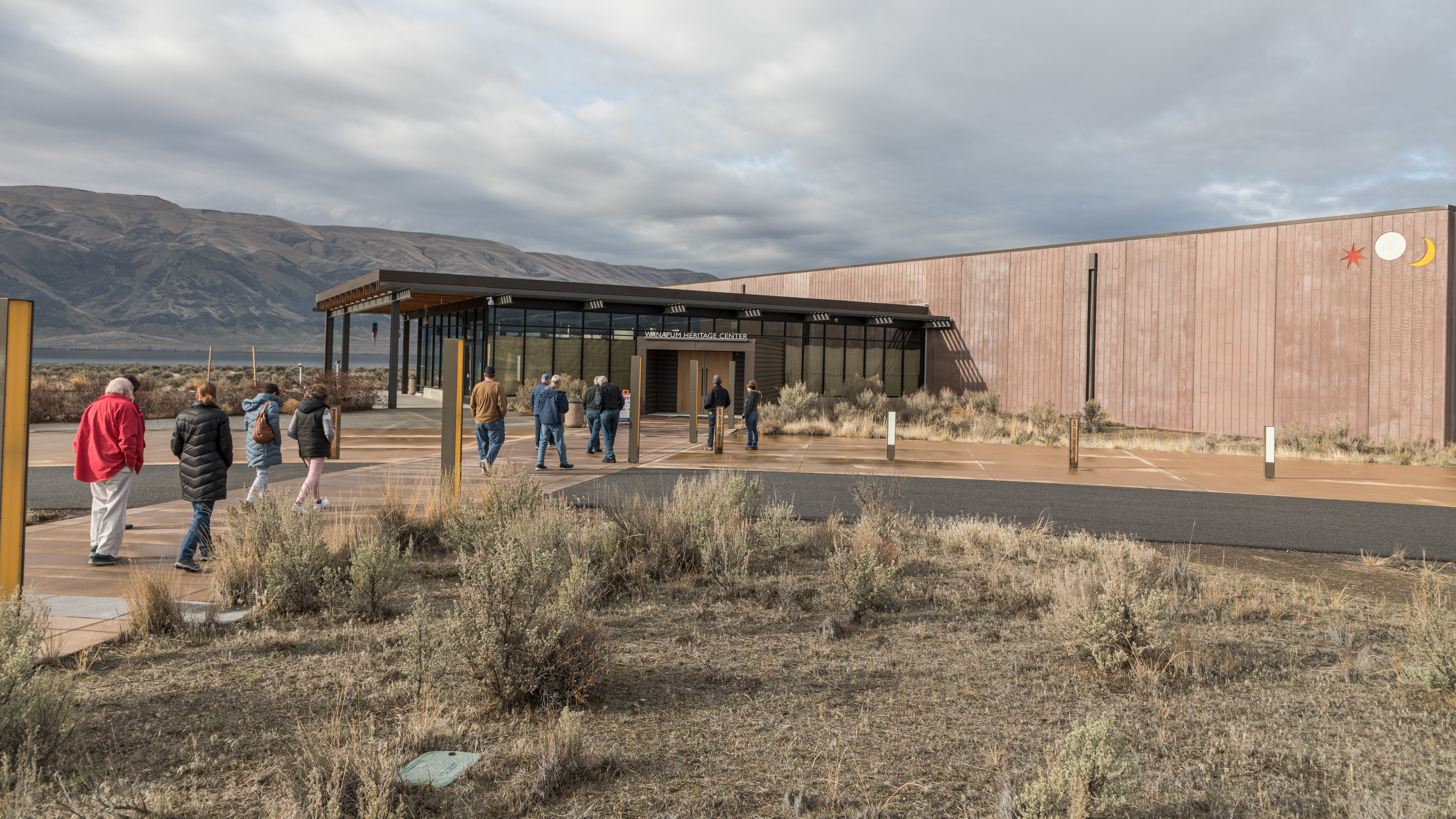
The Wanapum people’s homeland lies at the center of what is now the Hanford Site. Learn more about Wanapum history and traditions at the Wanapum Heritage Center. This museum is located near the site of their former village at the Priest Rapids, which was relocated during construction of the Wanapum Dam.
2 Hours
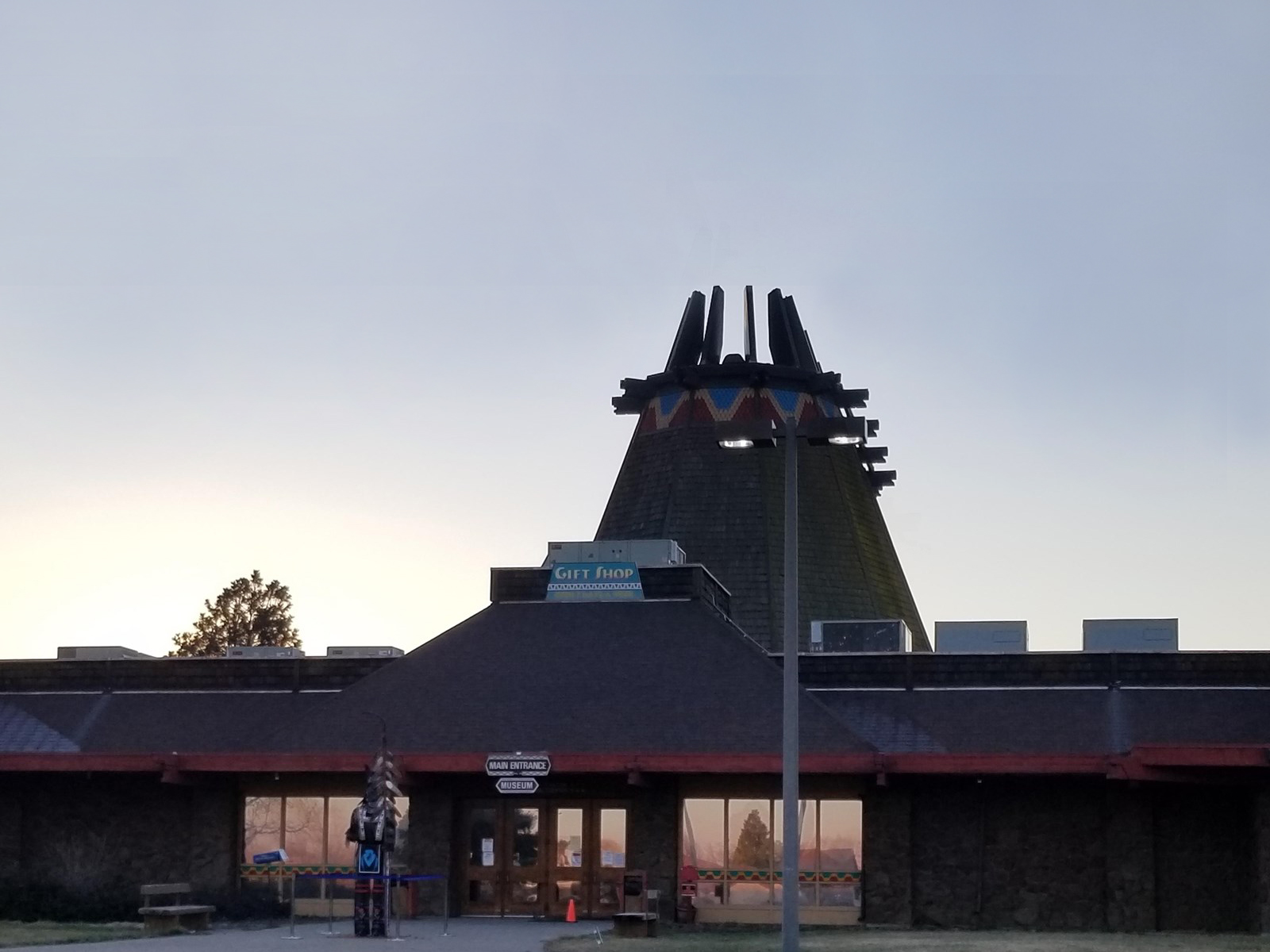
Located approximately 50 miles (80.5 km) from the Tri-Cities, the Yakama Nation Cultural Center preserves and interprets the living culture of the Yakama people. The Yakama homeland extends across the Columbia Plateau, including the Hanford Site and Tri-Cities.
2 Hours
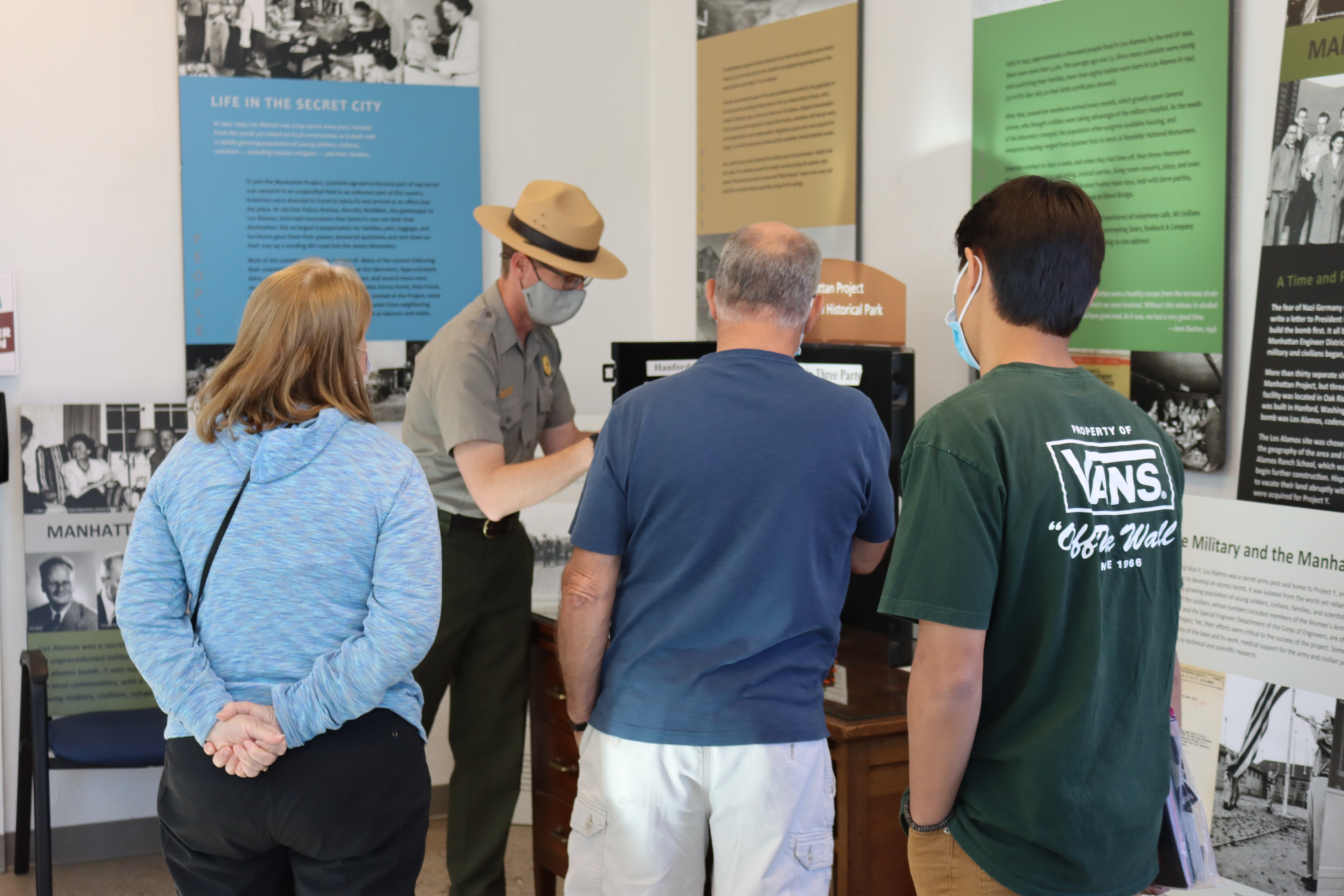
Los Alamos ranger programs are a great way to explore the remarkable history of the Manhattan Project. Call 505-661-6277 to see what ranger programs are available during your visit.
1-2 Hours
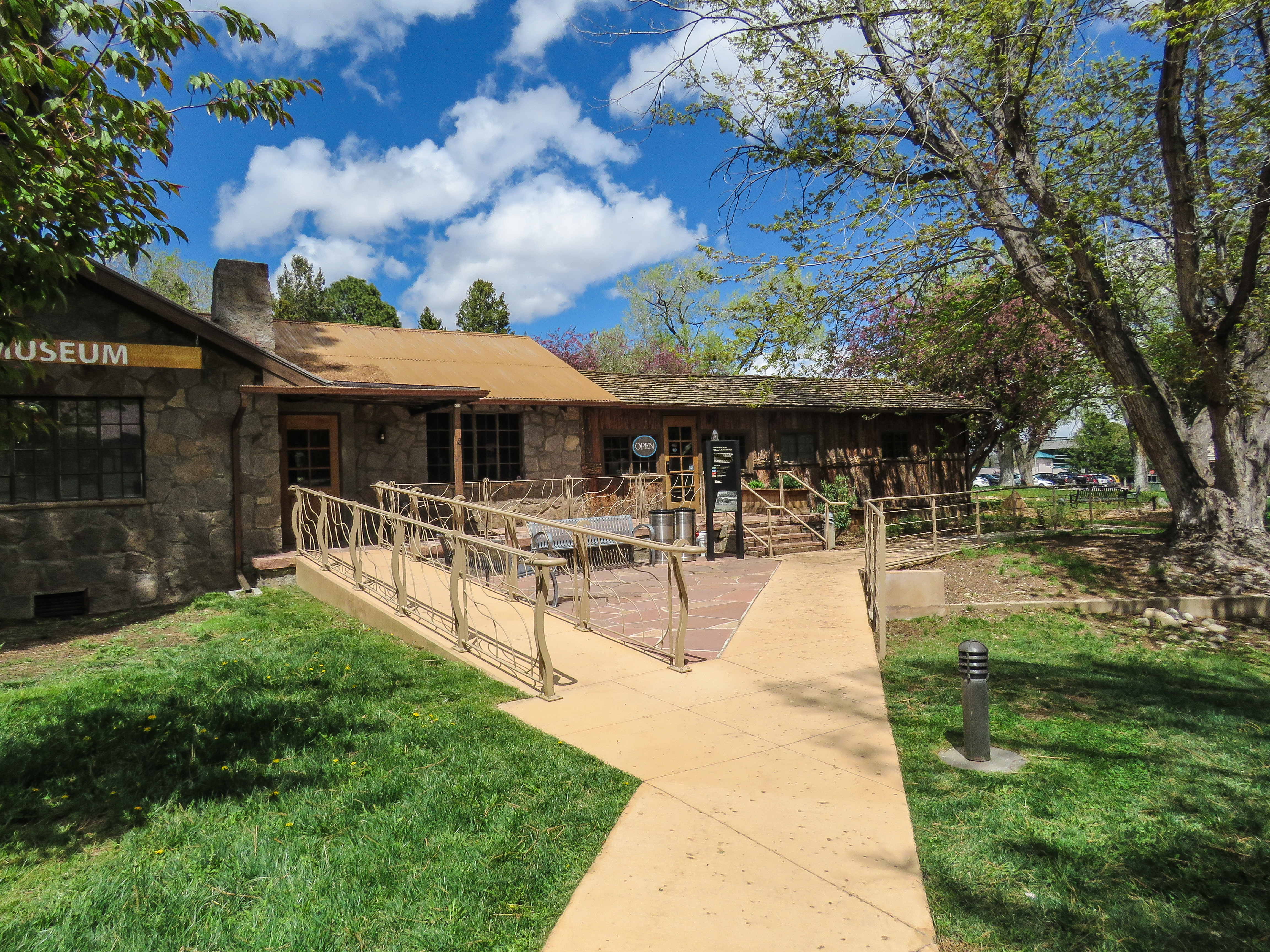
Nestled in downtown Los Alamos, the Los Alamos History Museum presents the stories of this secret city from multiple perspectives via indoor and outdoor venues, historic buildings, artifacts, documents, photographs, audio and video recordings of personal stories, and interactive visitor experiences.
1-2 Hours
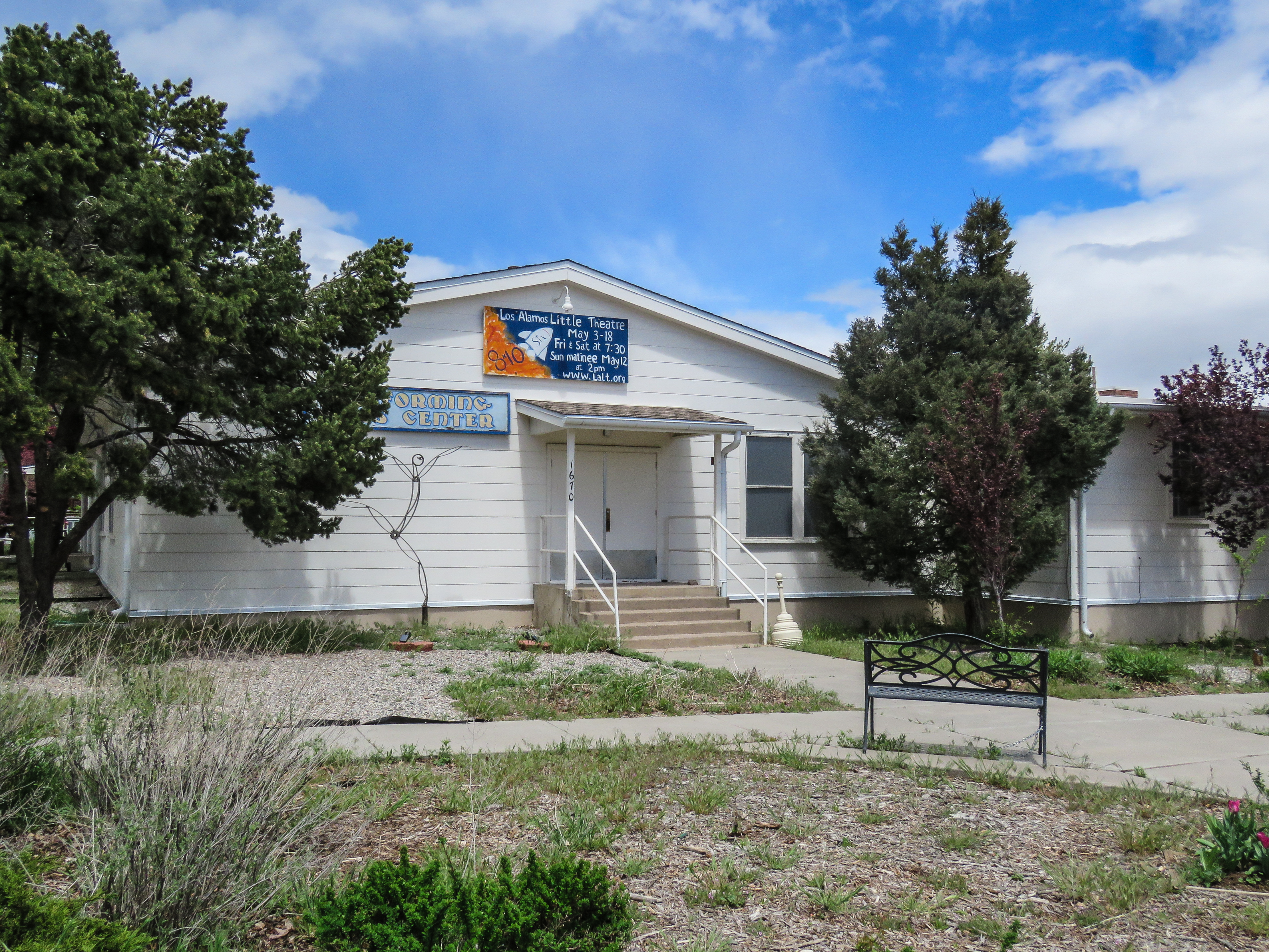
What started as a wartime cafeteria, today is a pillar in the community Los Alamos. Performers are still bringing magic to the stage at the Los Alamos Little Theater. Visit the Los Alamos Little Theatre website for more information about their schedule and catch a play.
1-3 Hours
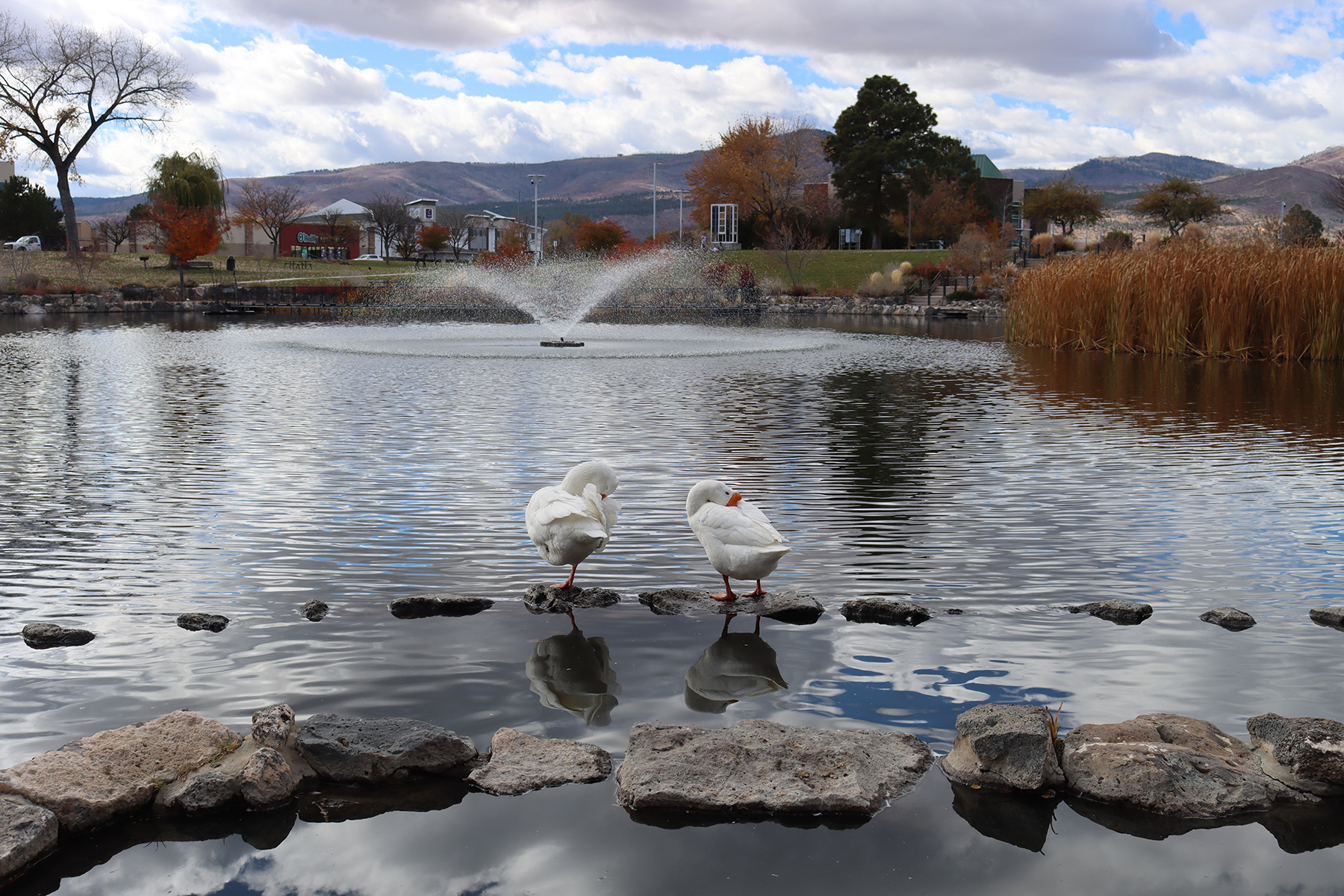
Ashley Pond has been a prominent feature of Los Alamos since the homesteading and Los Alamos Ranch School eras. Today, you can view wildlife, have a picnic, or just enjoy the view throughout the year. Spend time around Ashley Pond and follow in the footsteps of famous Manhattan Project scientists.
30-90 Minutes
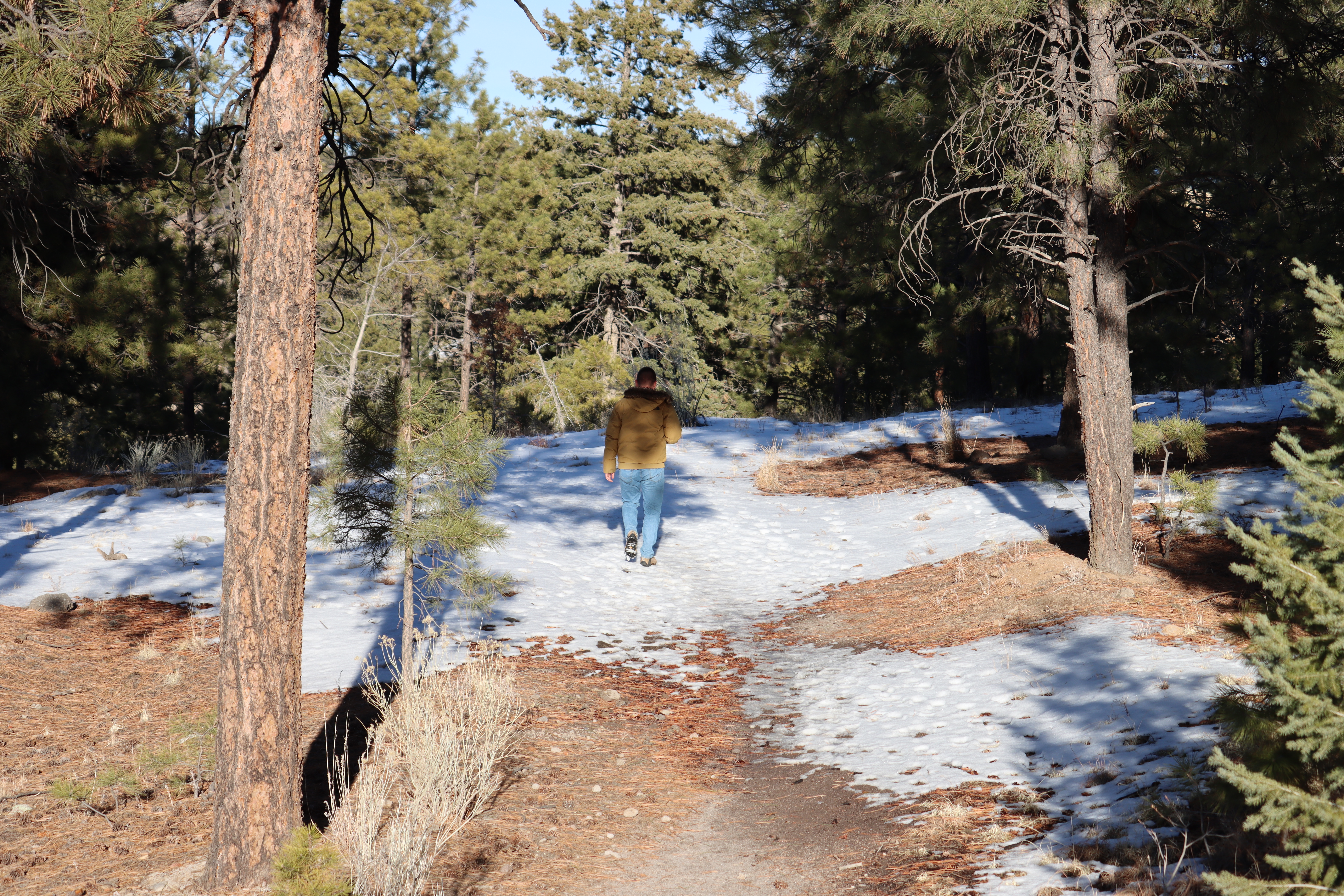
Typical of the amazing urban trail network that threads through Los Alamos, the Acid Canyon Trail is an easy, short trip that provides the feeling of being miles away from town. The trail descends from the rim of Los Alamos Mesa along Acid Canyon, a tributary of Pueblo Canyon. It links with the Ranch School Trail to create a 1 mile (1.6 km) loop. Get outdoors and explore Acid Canyon Trail today!
30-90 Minutes
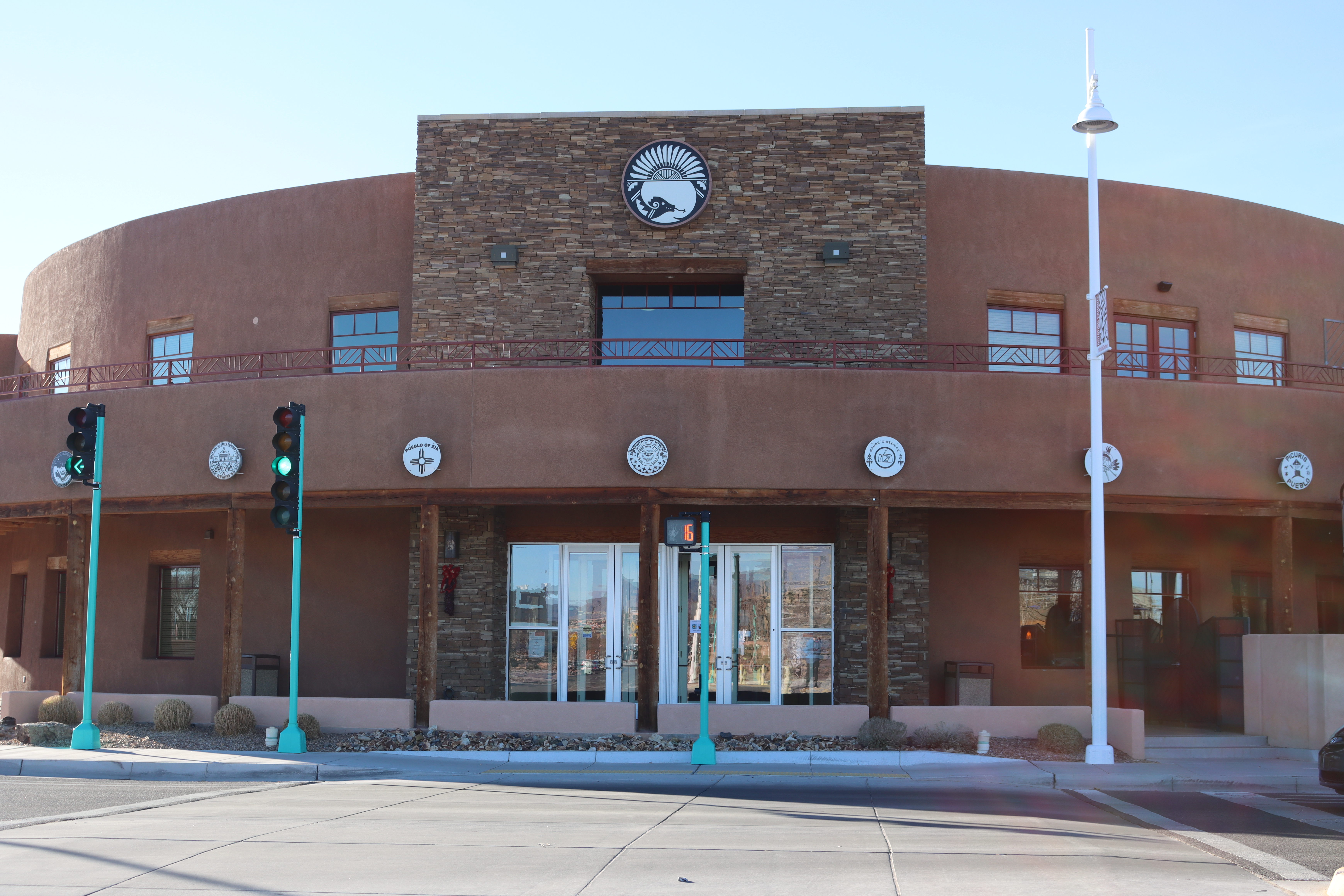
The Indian Pueblo Cultural Center preserves Pueblo culture, their accomplishments, and evolving history of the Pueblo people. The center located in Albuquerque on land owned by the 19 Pueblos and governed by the 19 Pueblos District. The Pueblos District is a sovereign government formed by the Tribal Councils of the 19 New Mexico Pueblo Communities at the former location of the Albuquerque Indian School (1881-1982). Visit today and enjoy the museum, gallery, and artifacts.
1-4 Hours
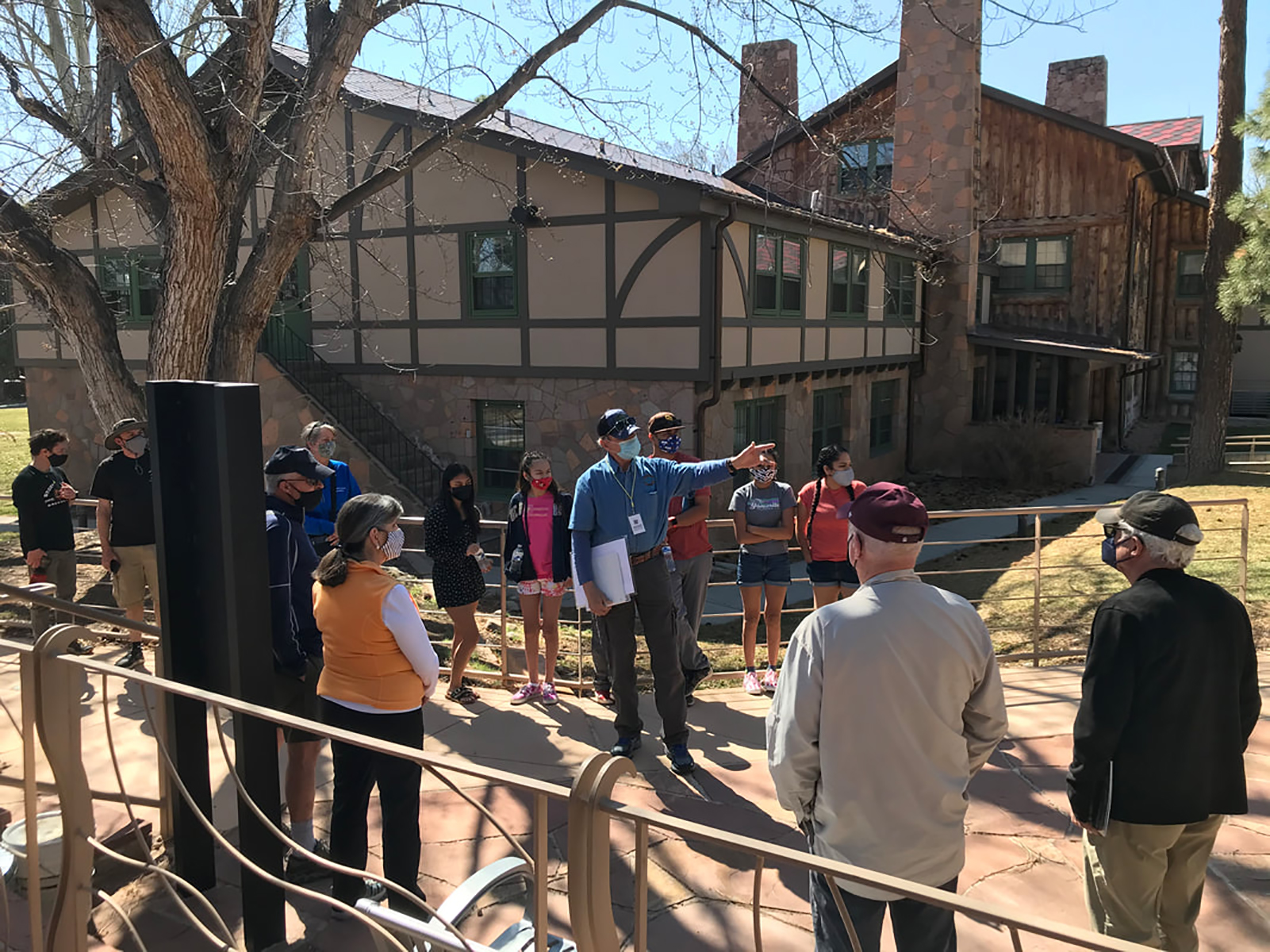
Enjoy an outdoor, guided tour around Los Alamos. See the sights and learn about the history from the perspective of a Los Alamos History Museum tour guide. Guided walks take you inside the Romero cabin, near the ancestral Pueblo dwellings, and along Bathtub Row, where homes of some of the most well-known scientists still stand. Connections to the Manhattan Project can be seen along the entire tour and the whole family will enjoy the unique history of this secret community.
1-2 Hours
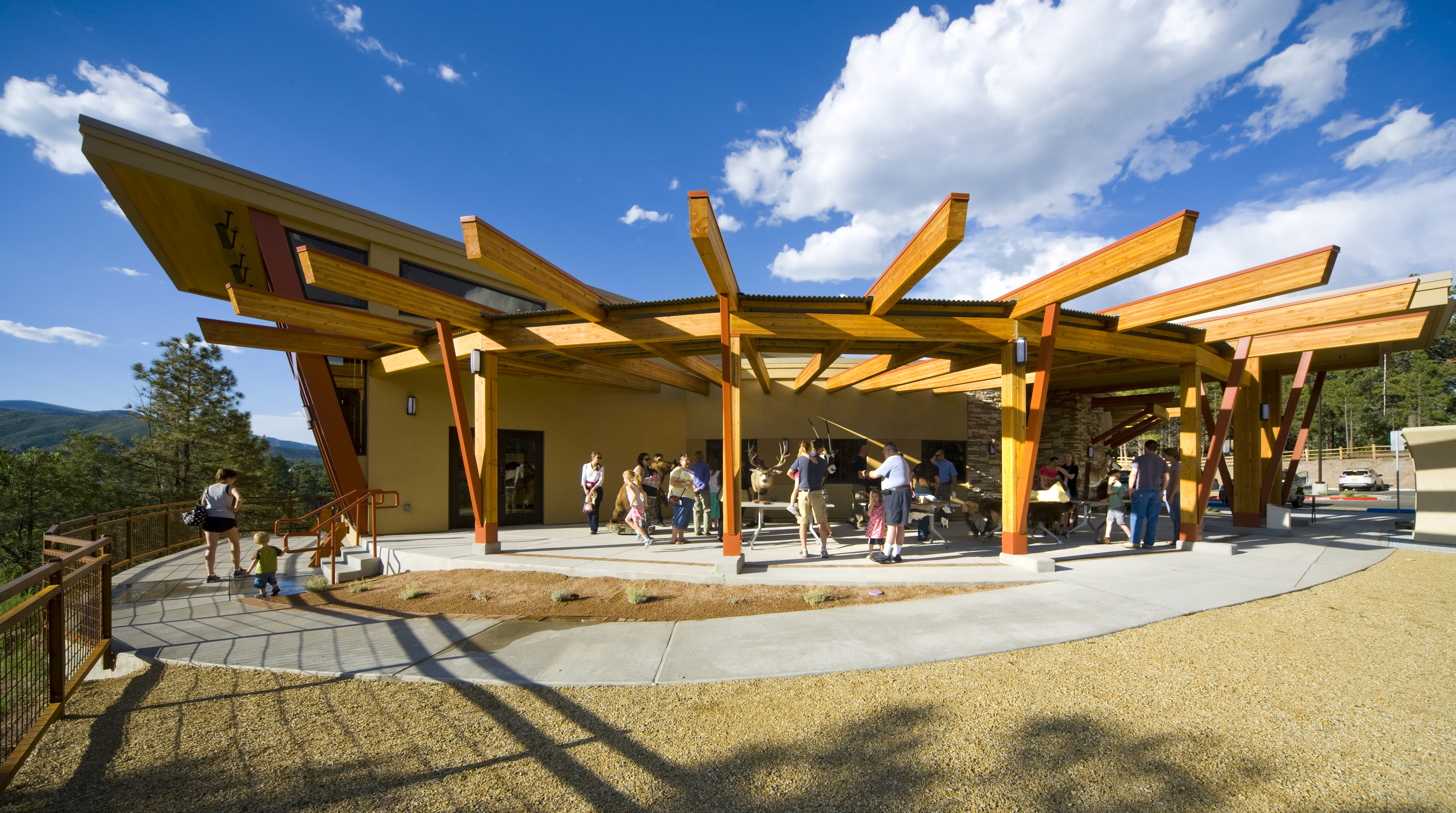
A visit to the Los Alamos Nature Center gives you the chance to learn more about the incredible wildlife and natural history in this area.
30-60 Minutes

















































